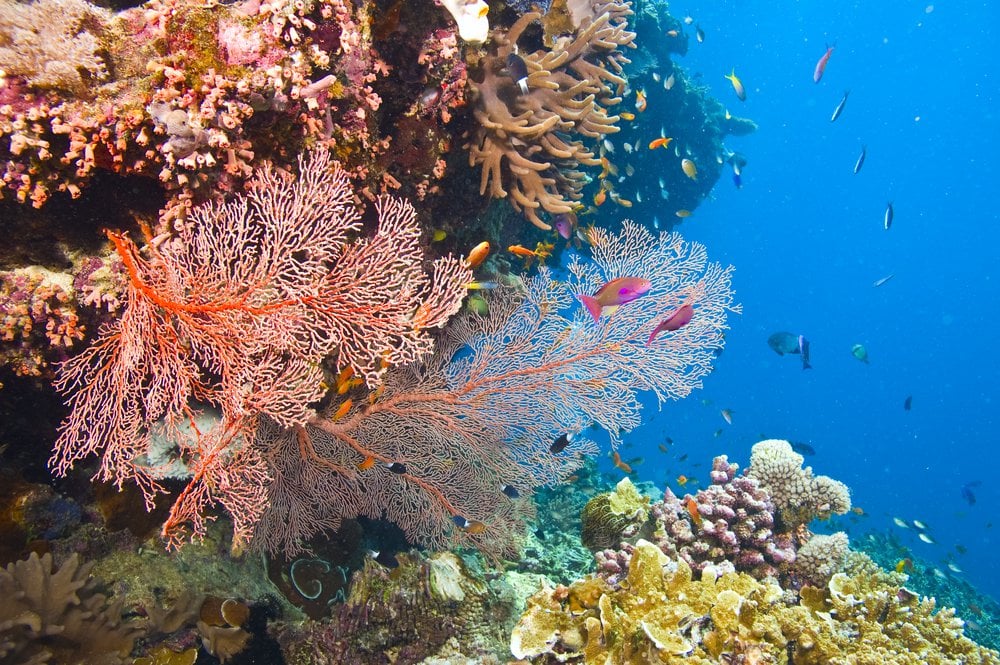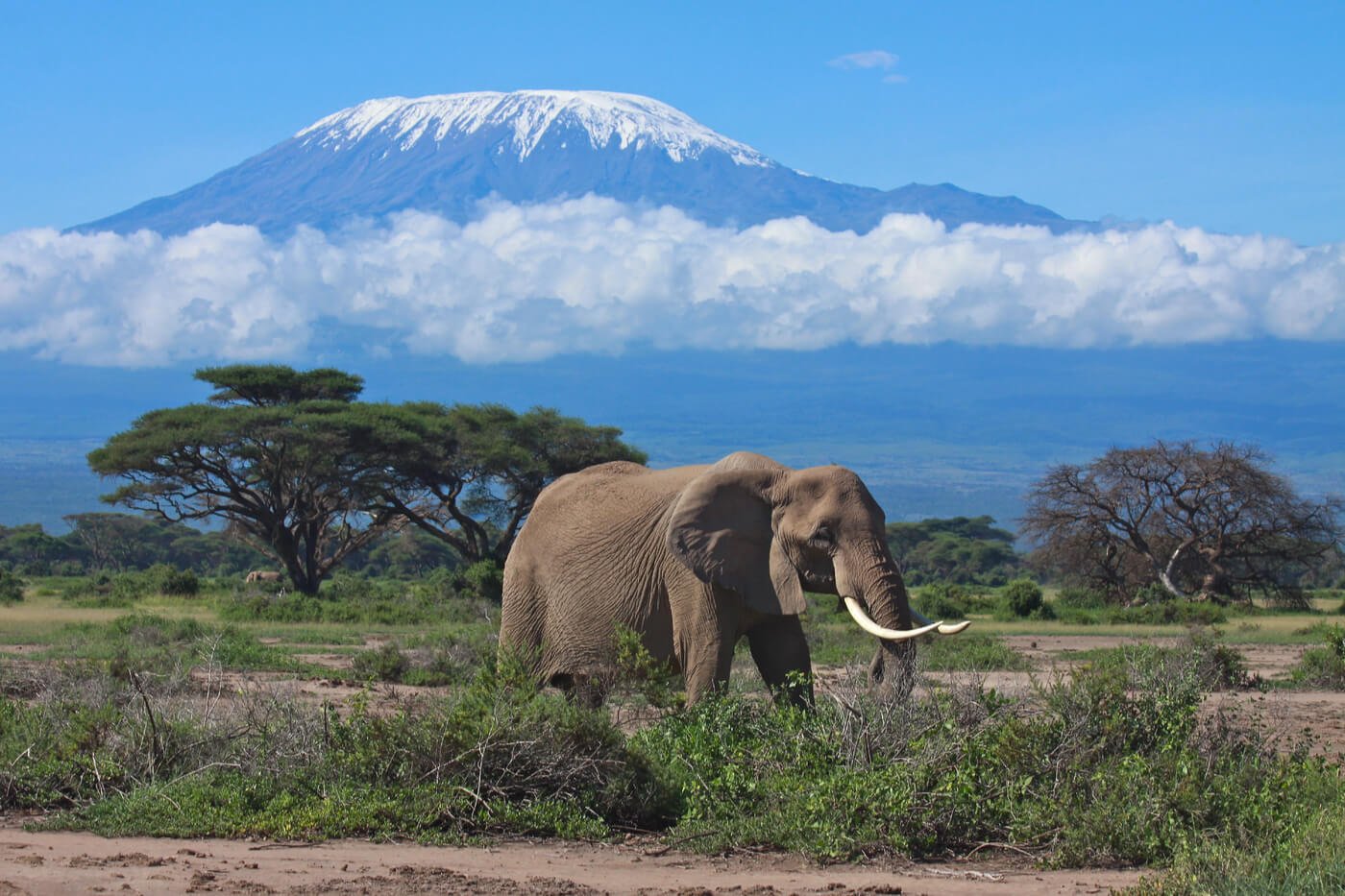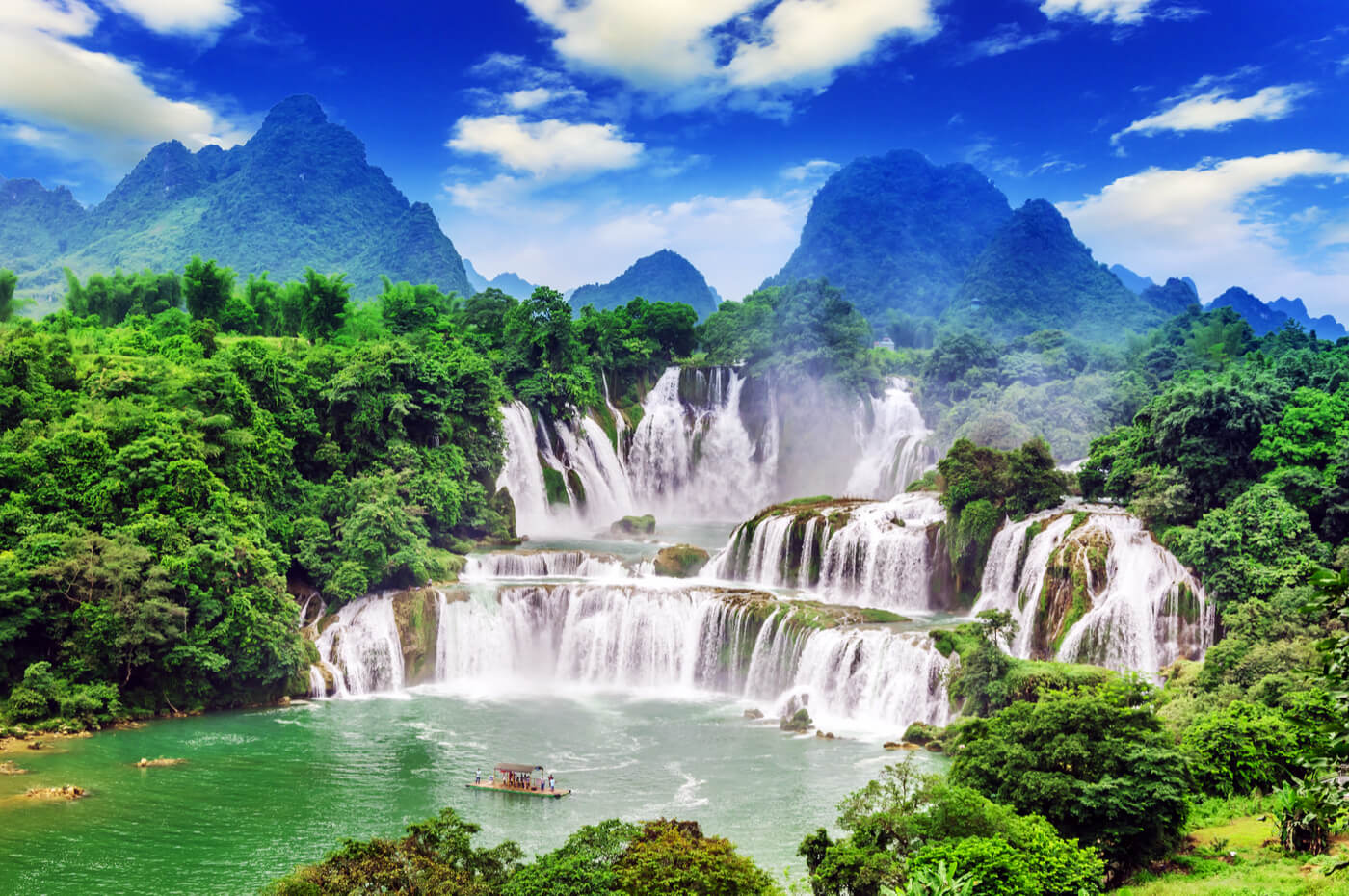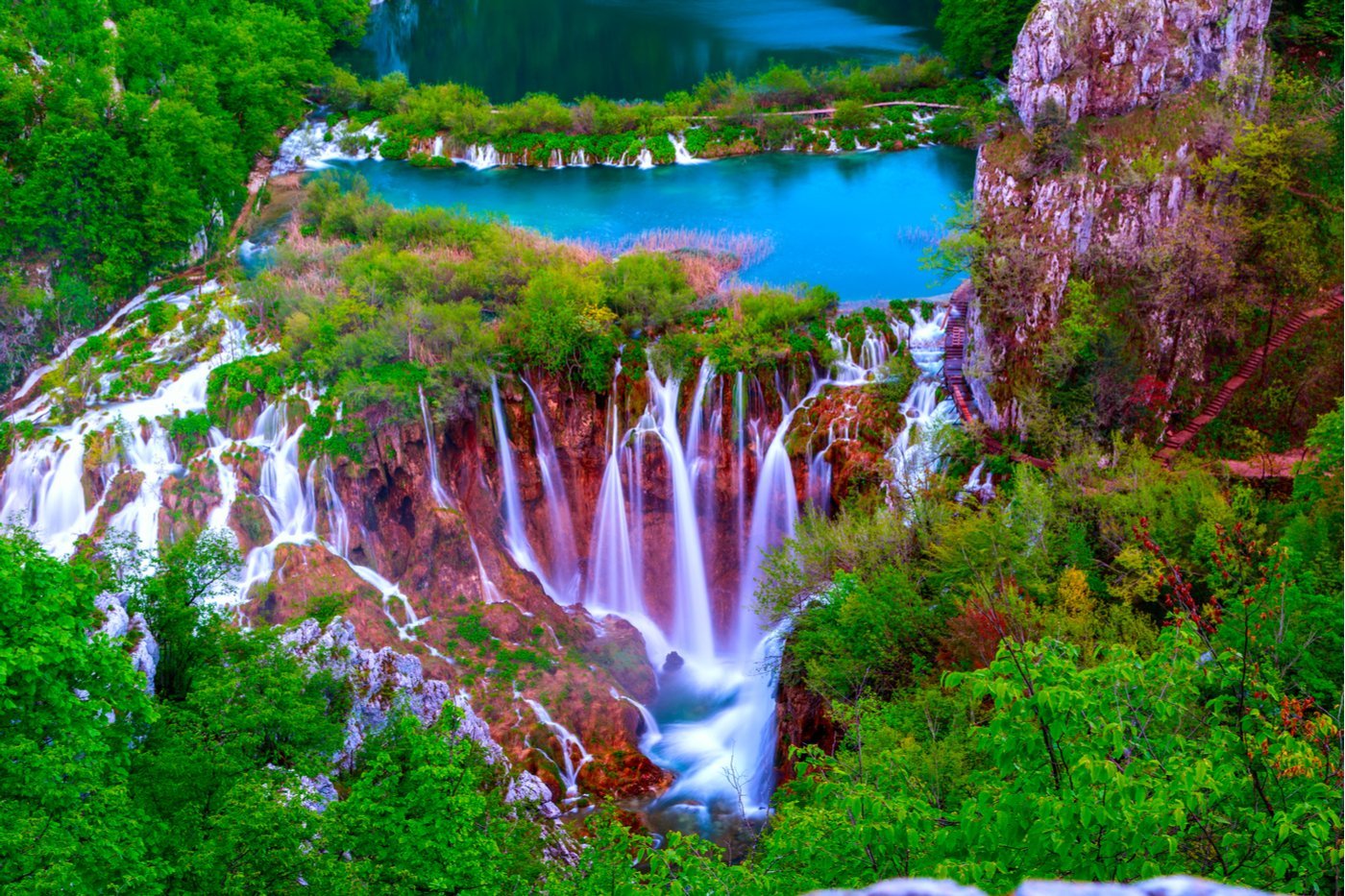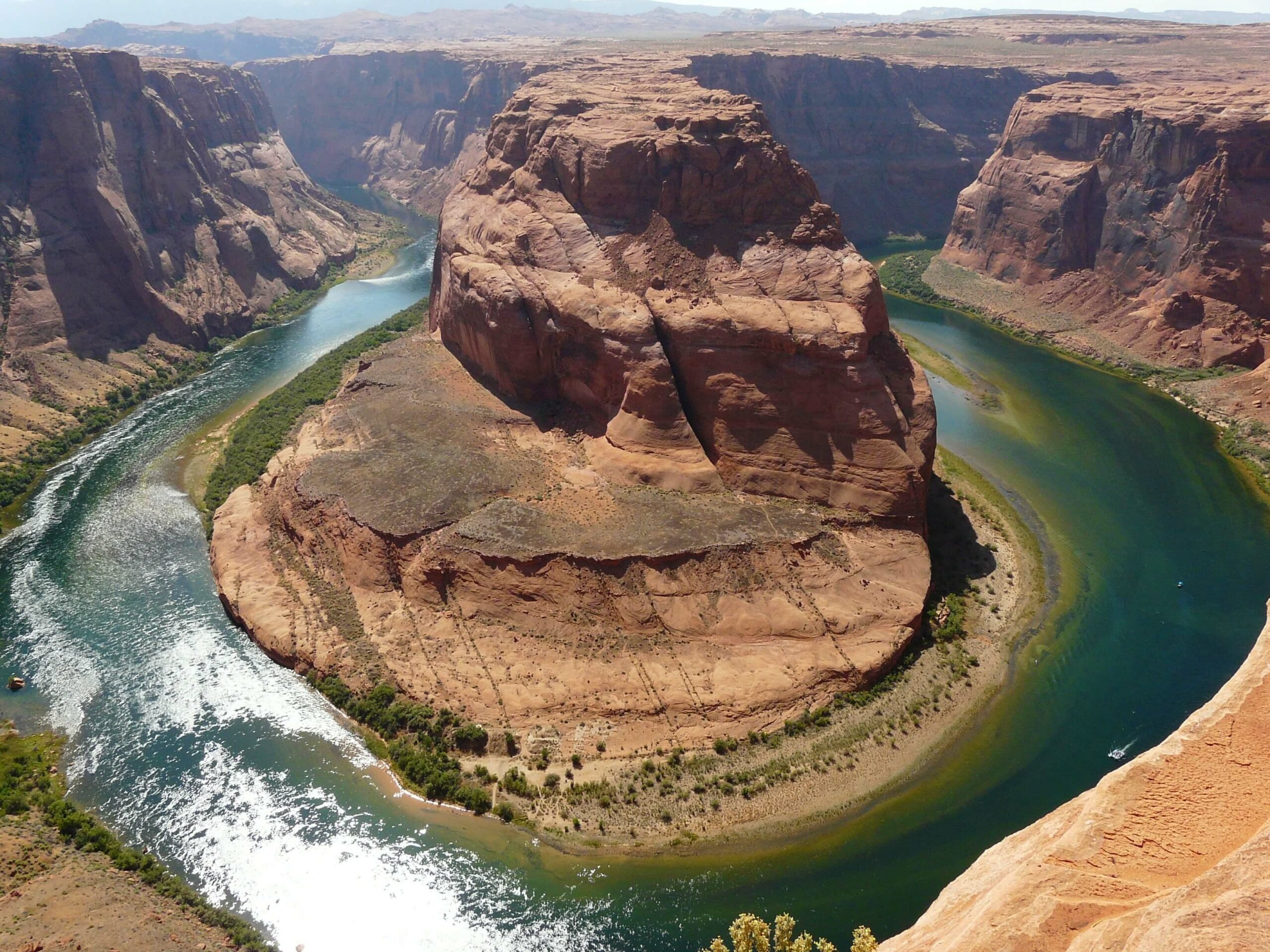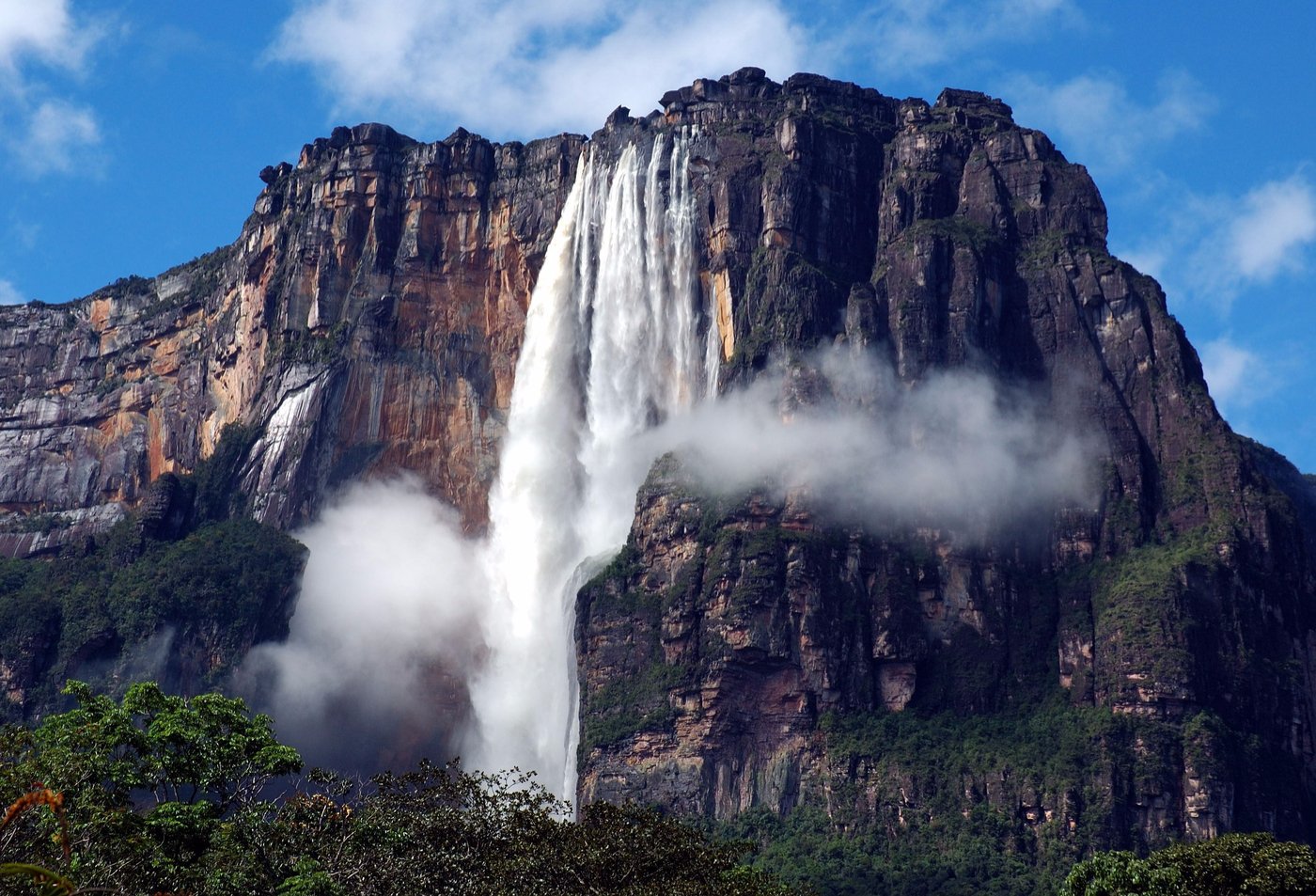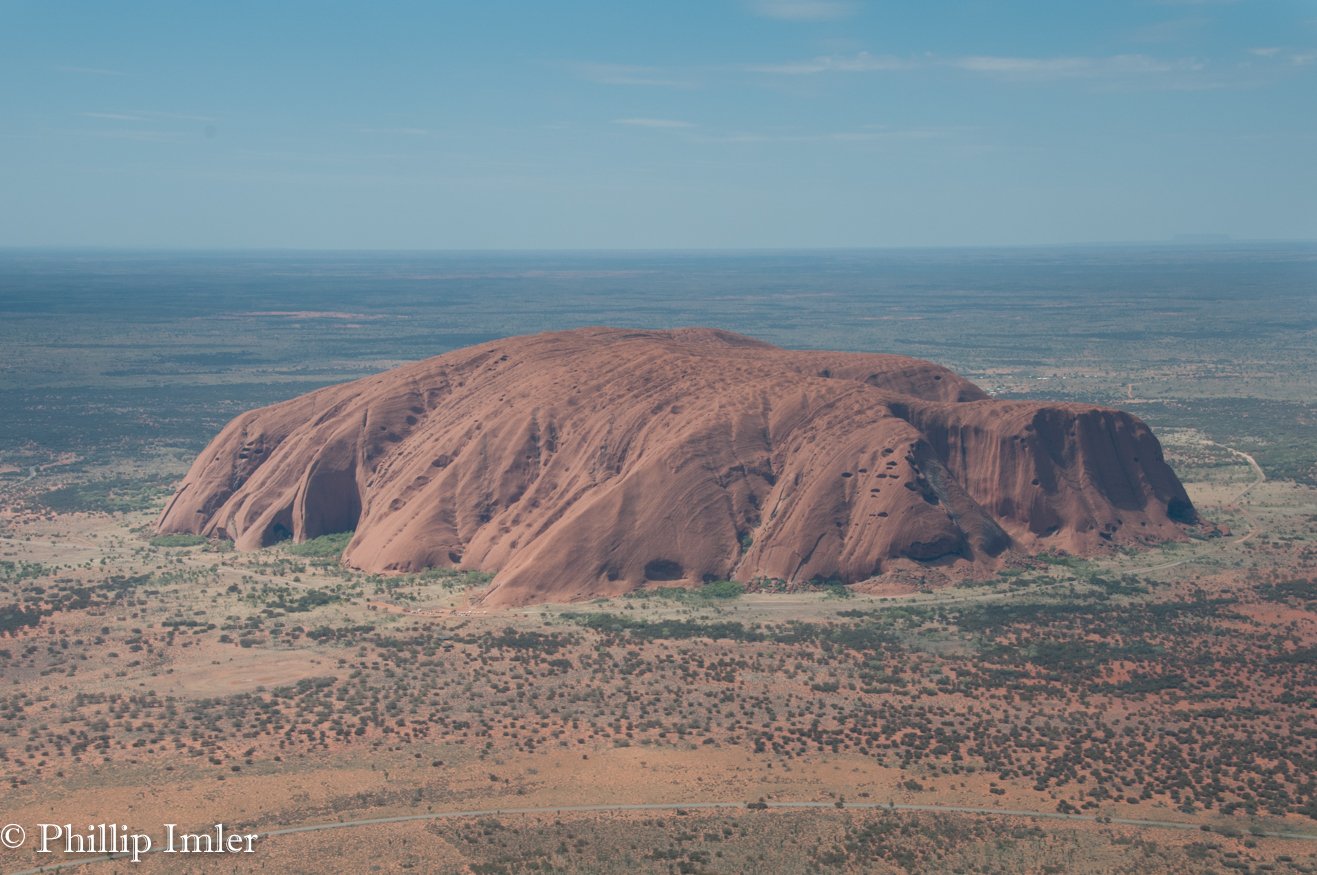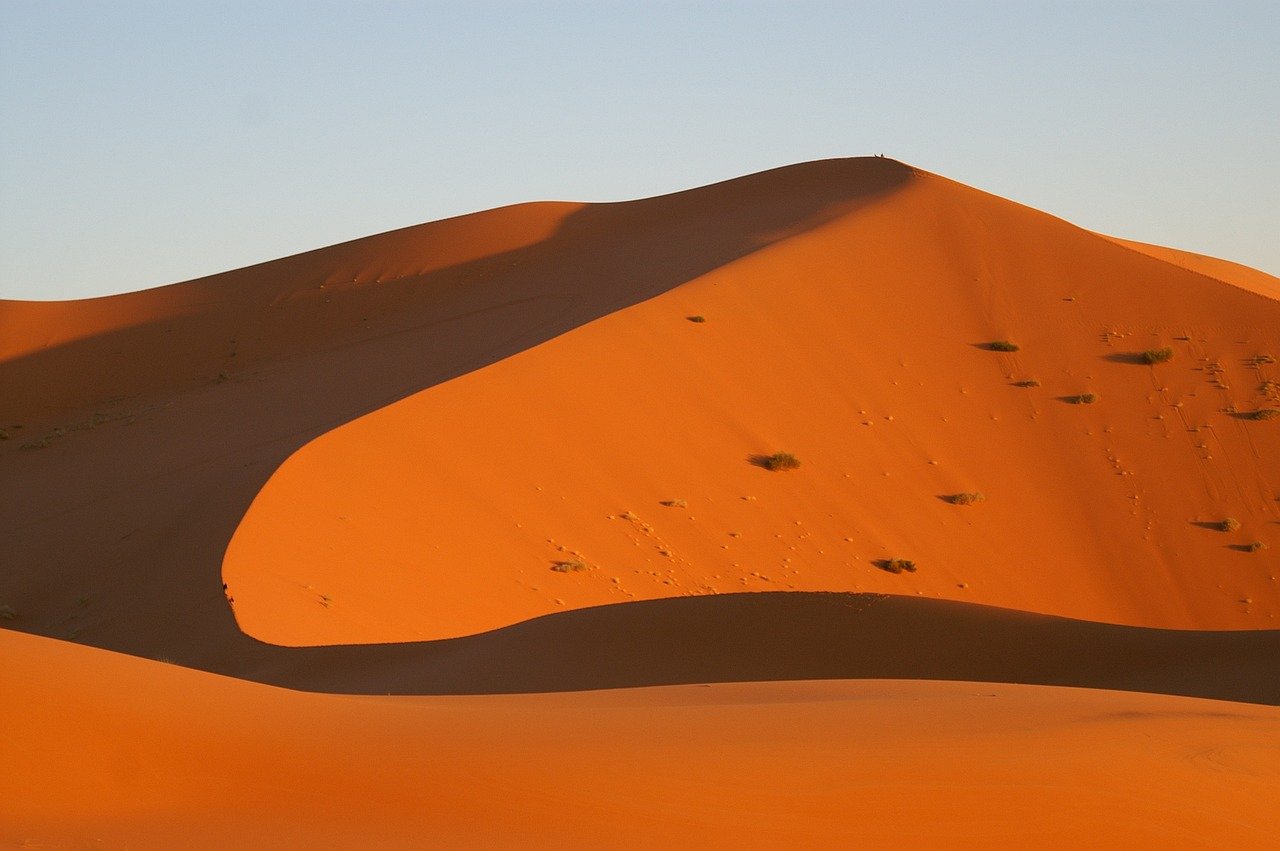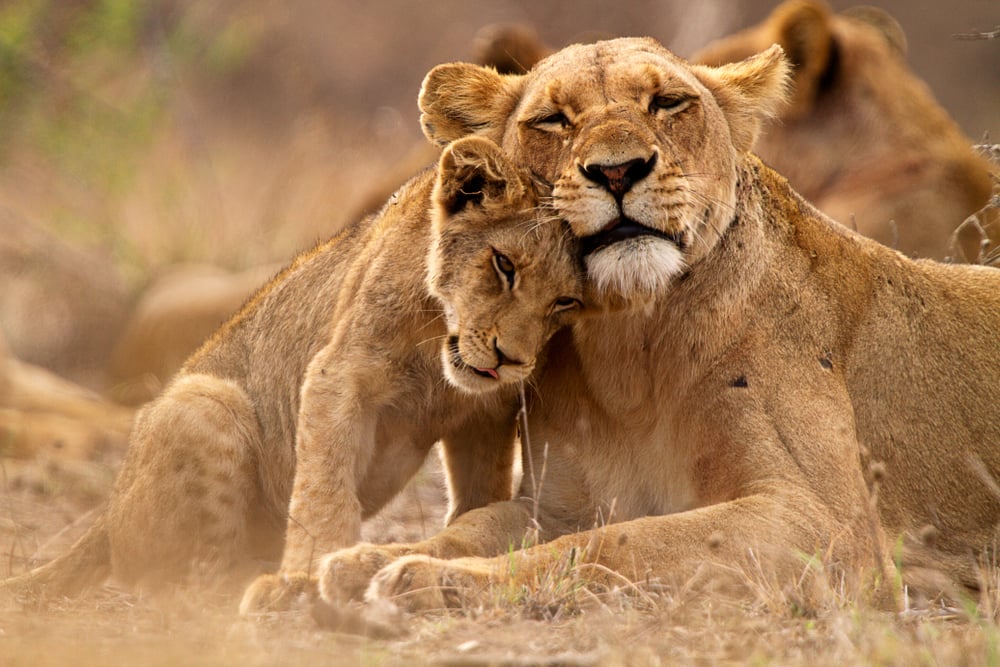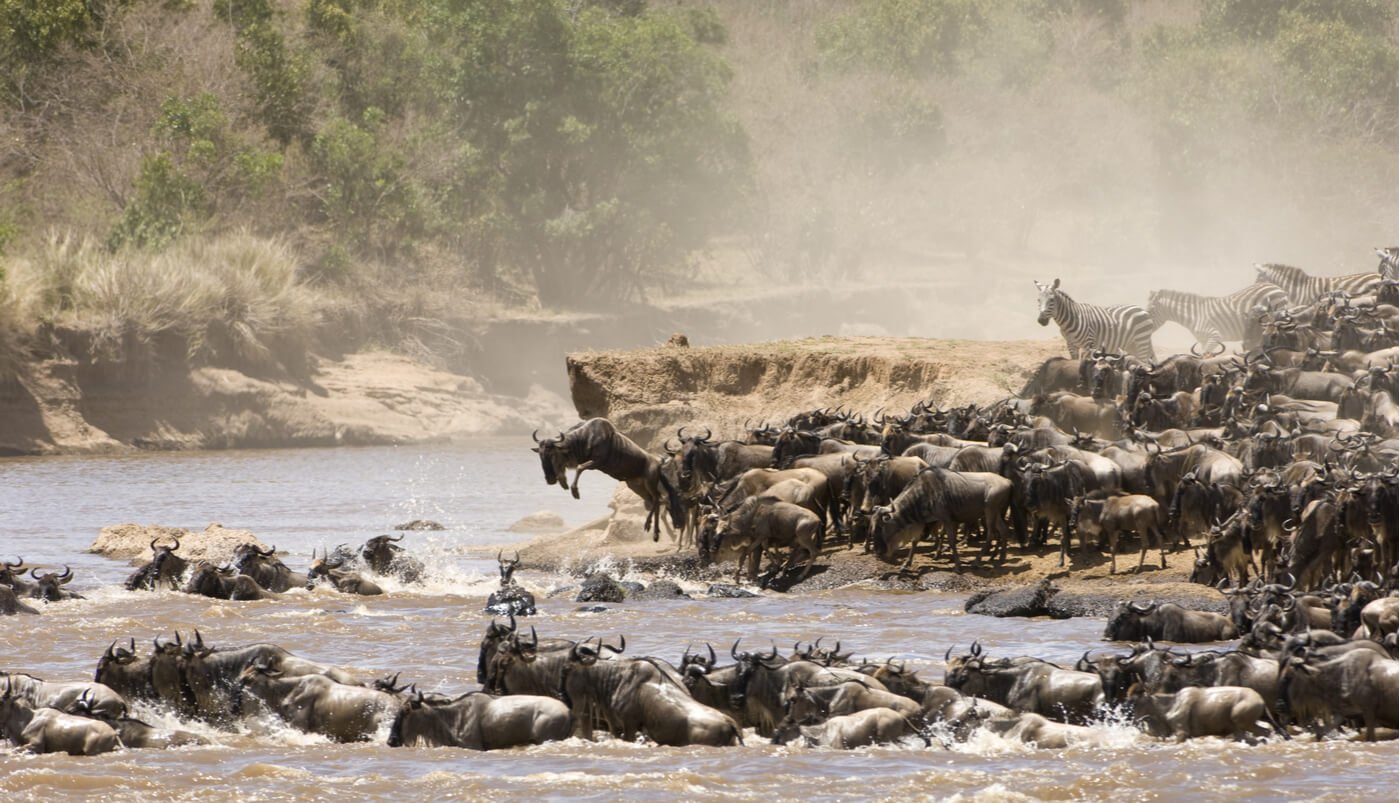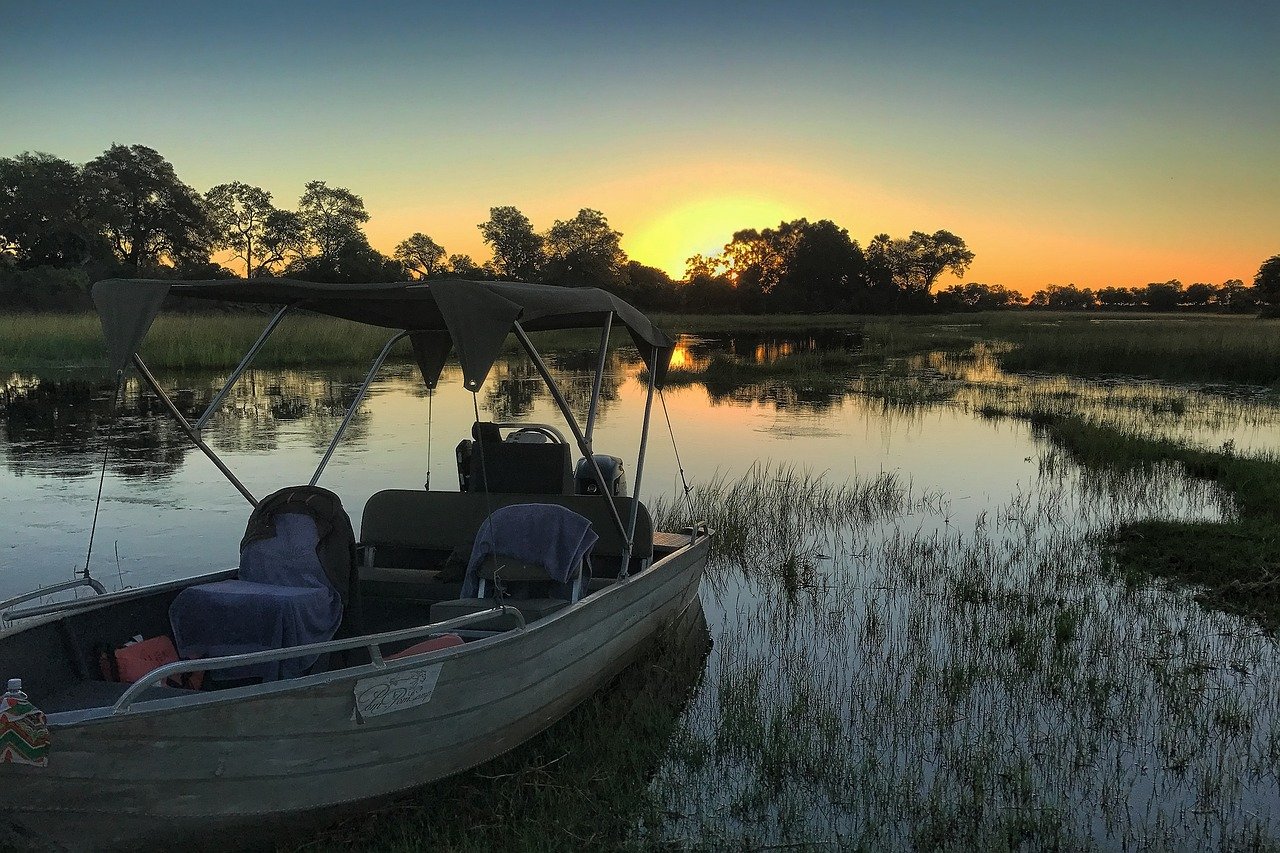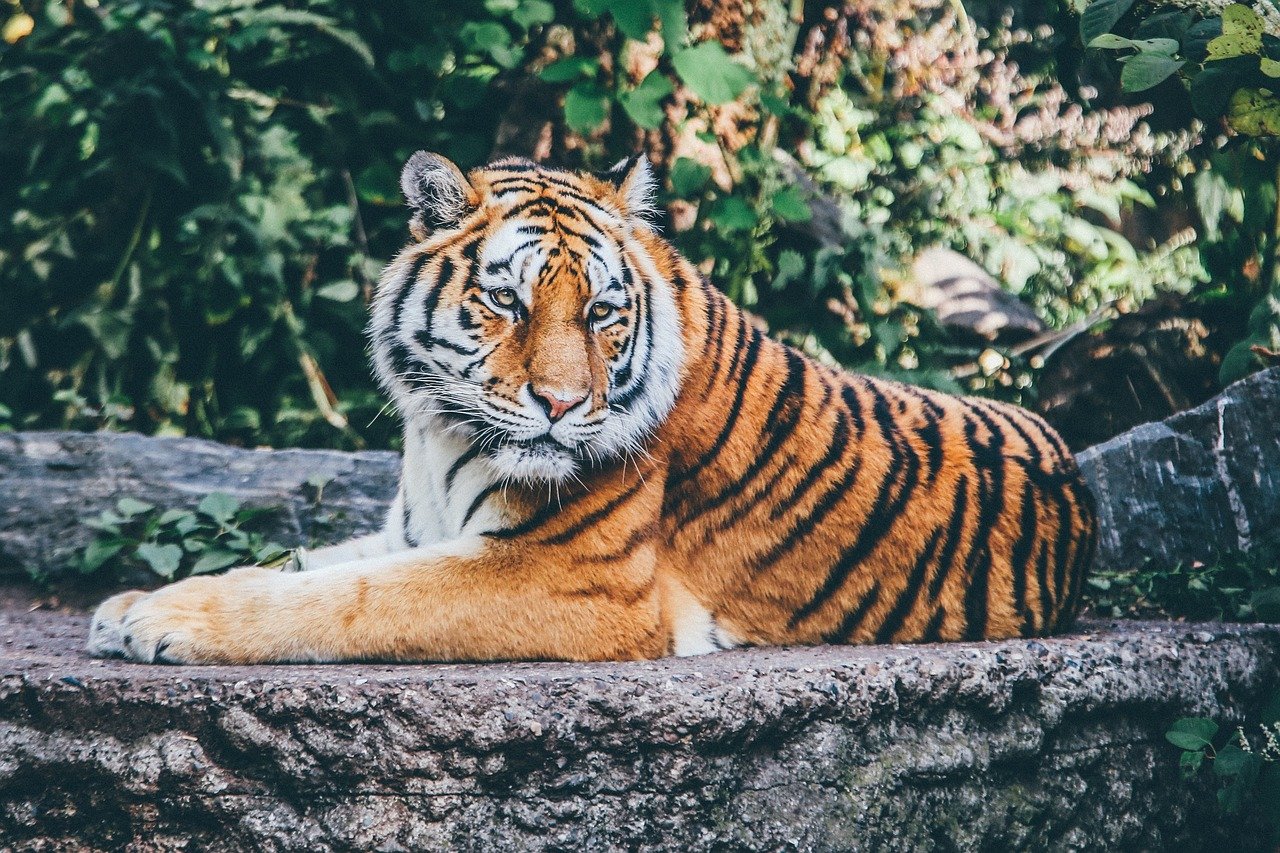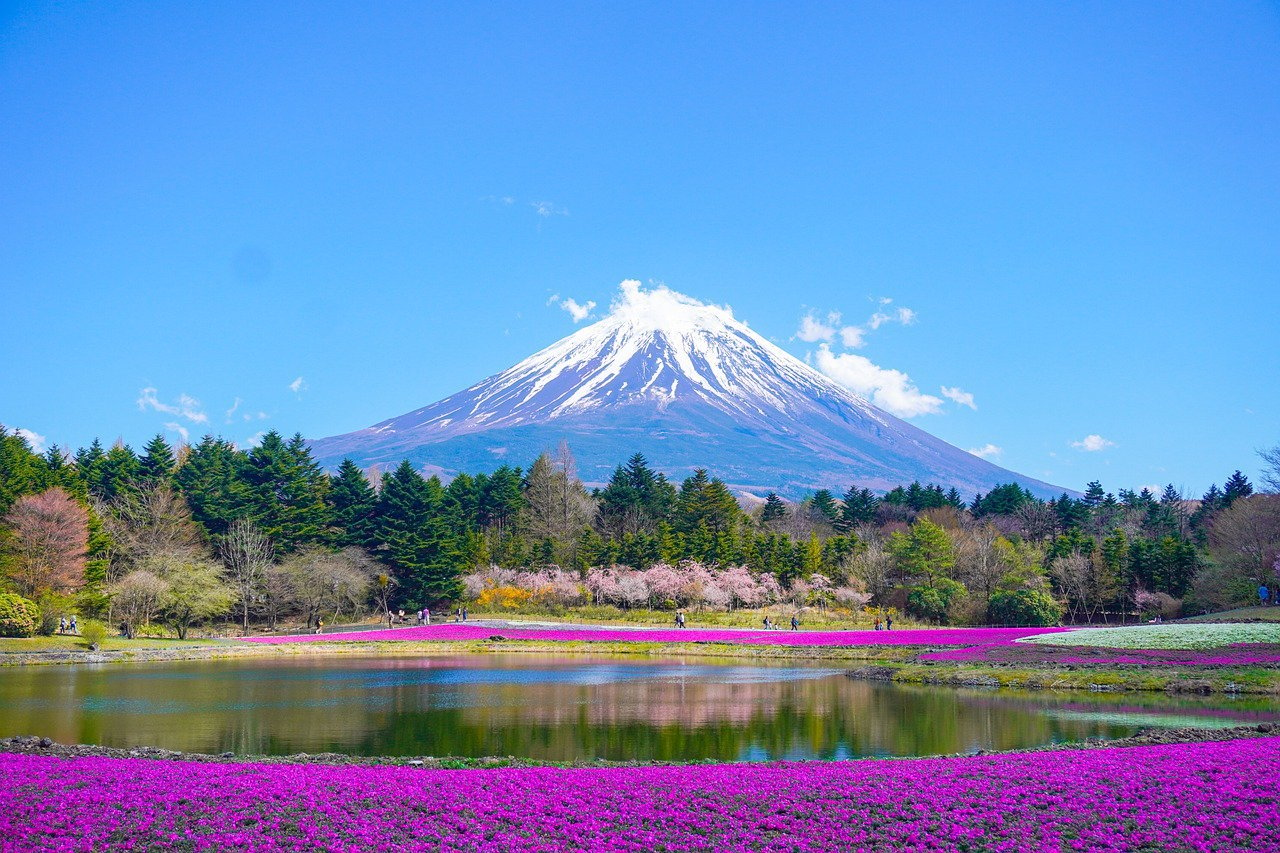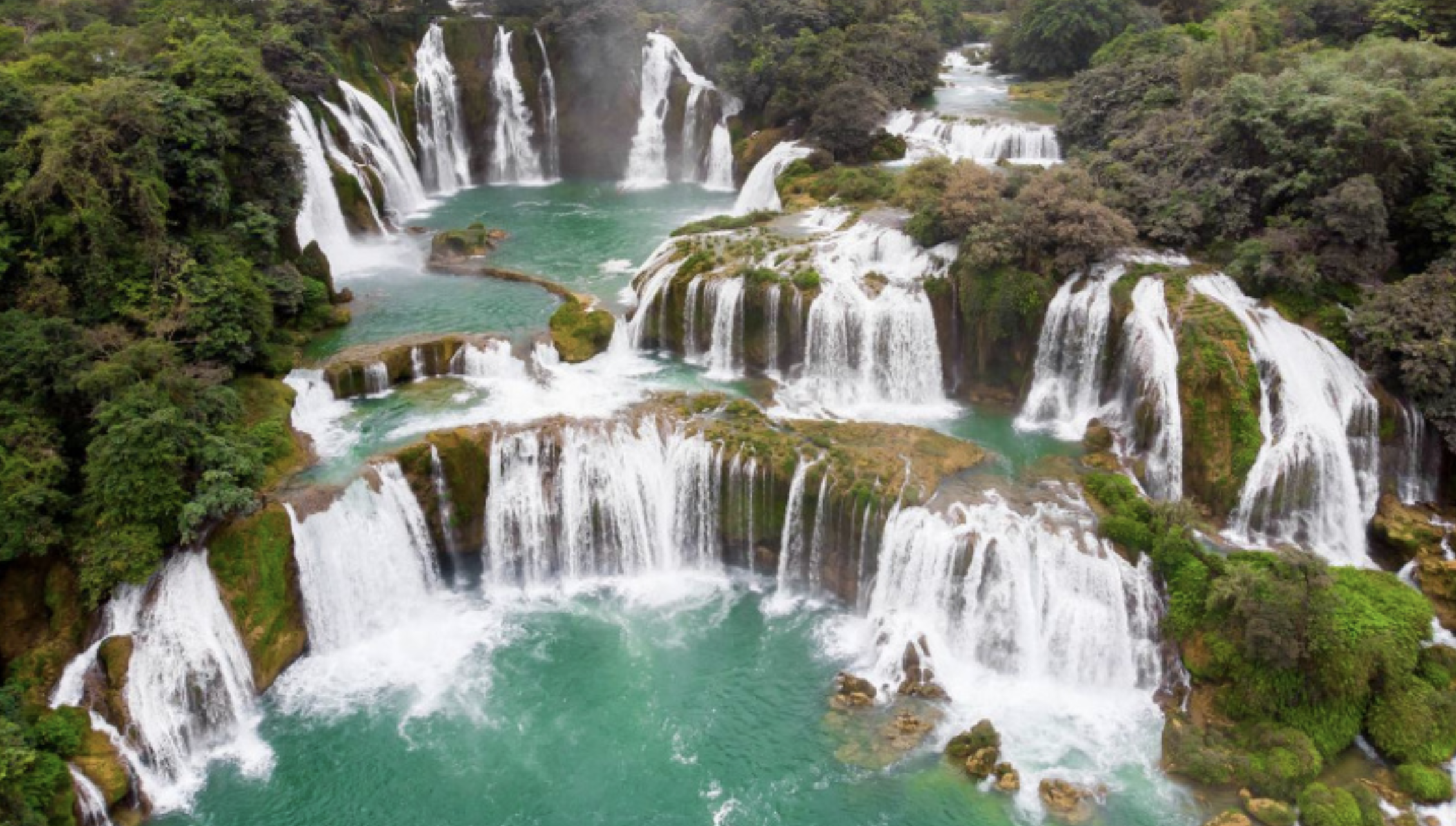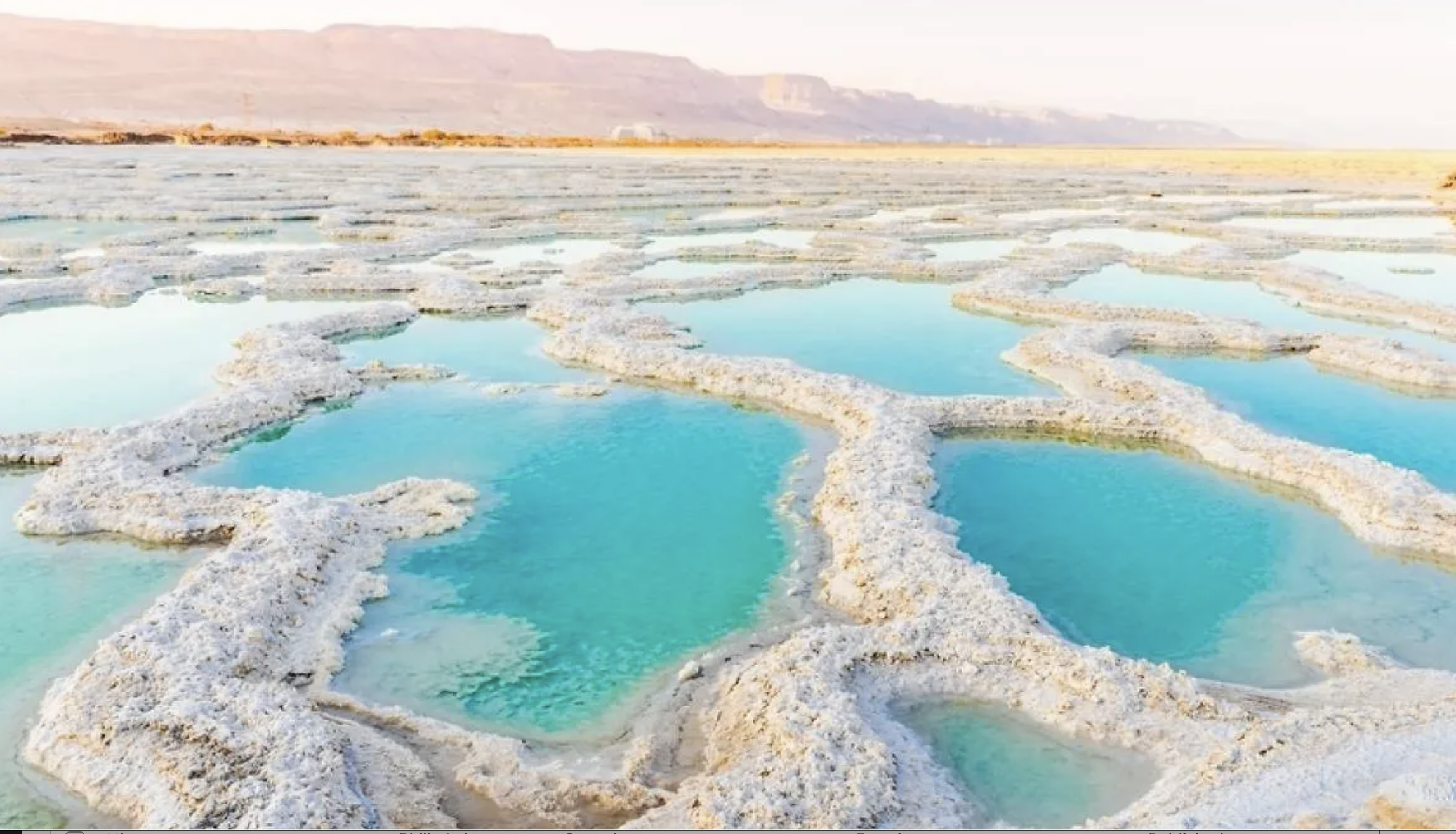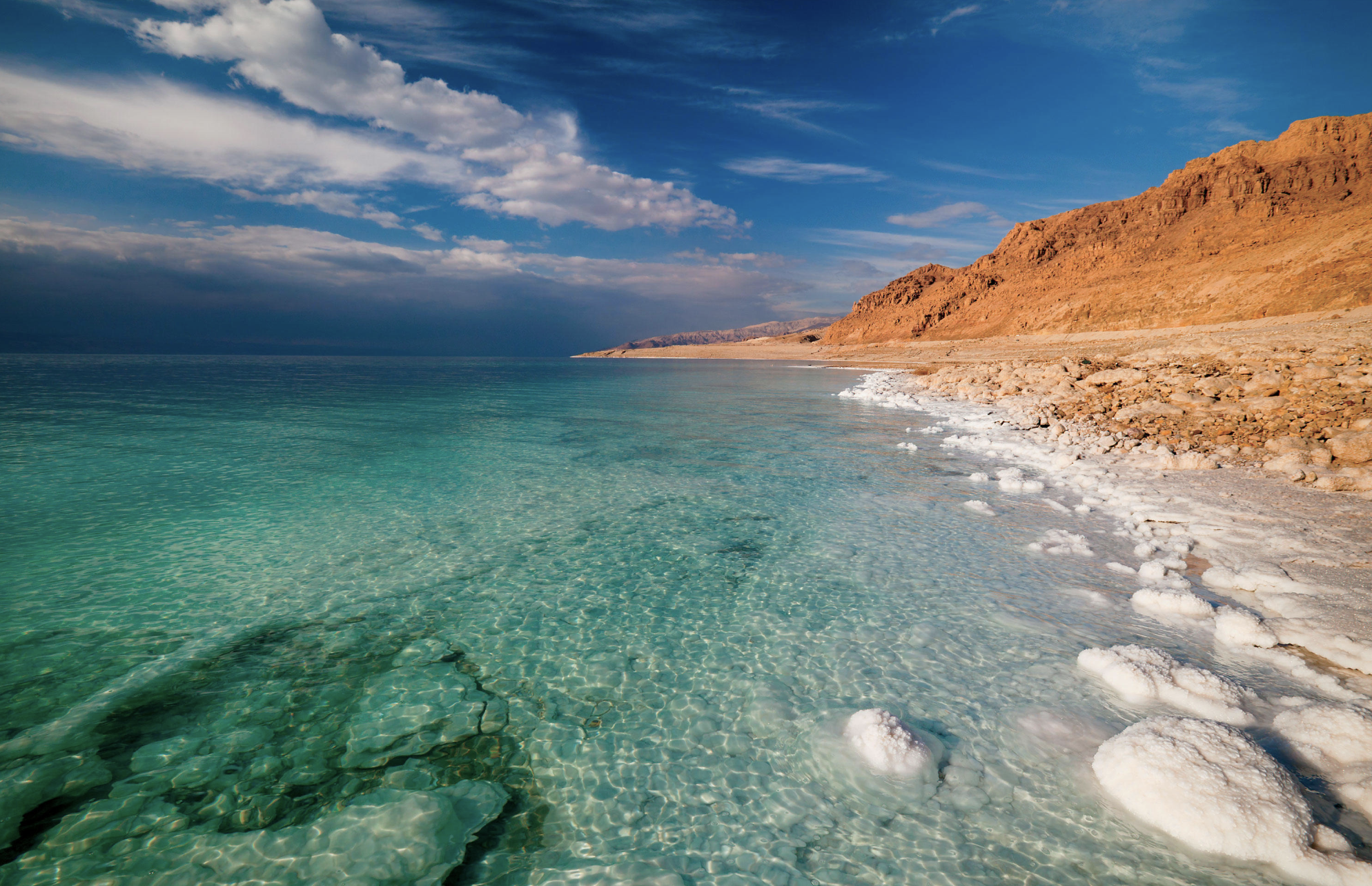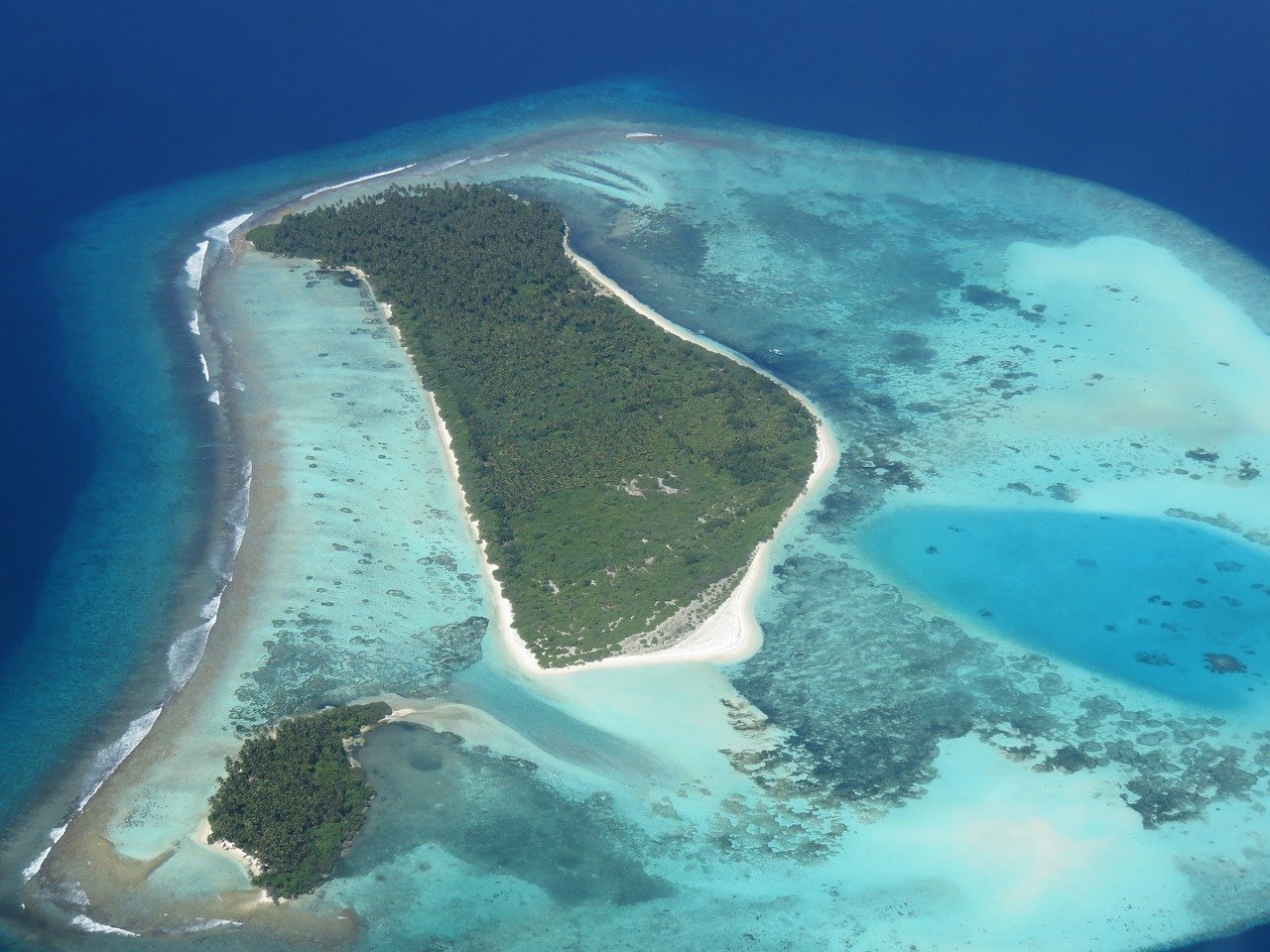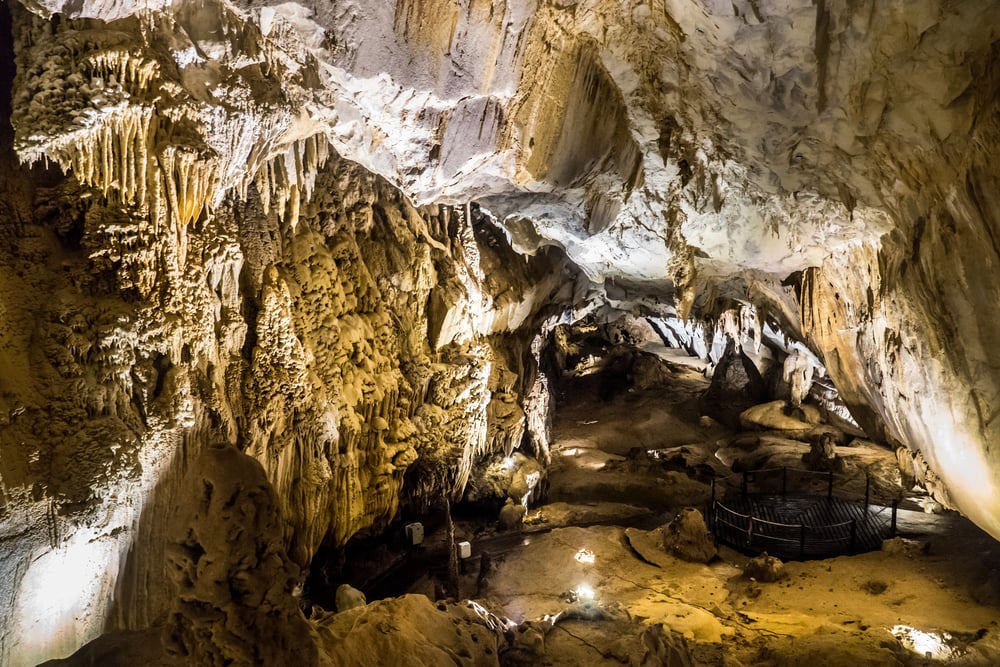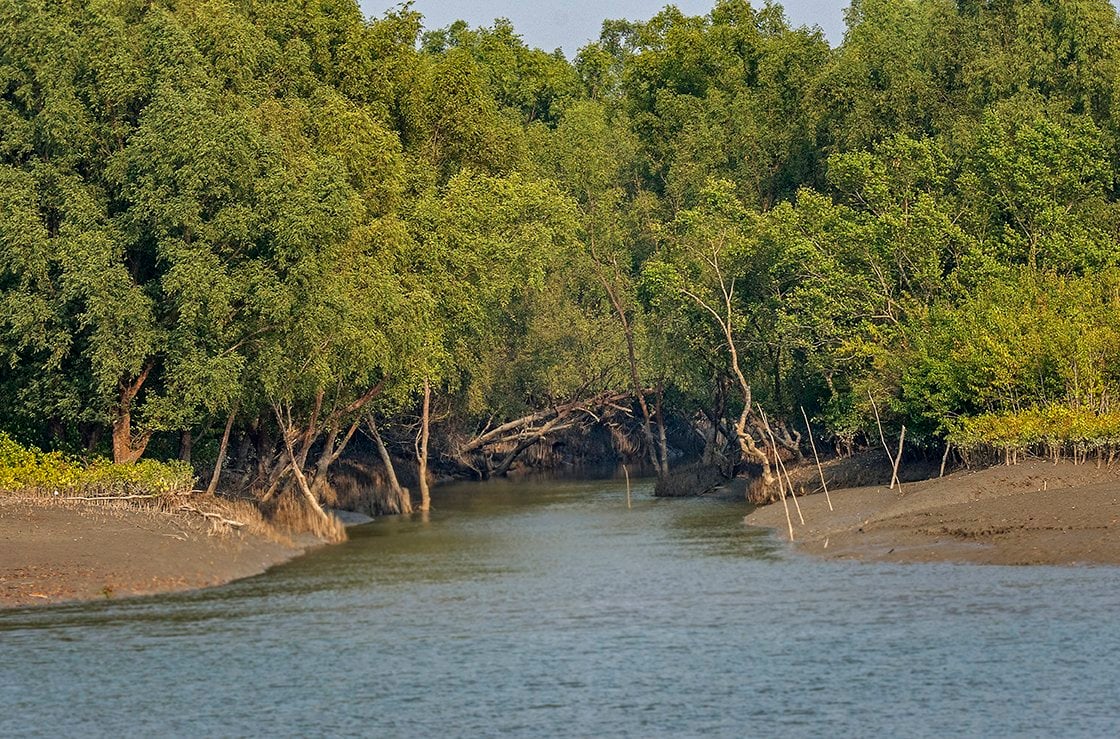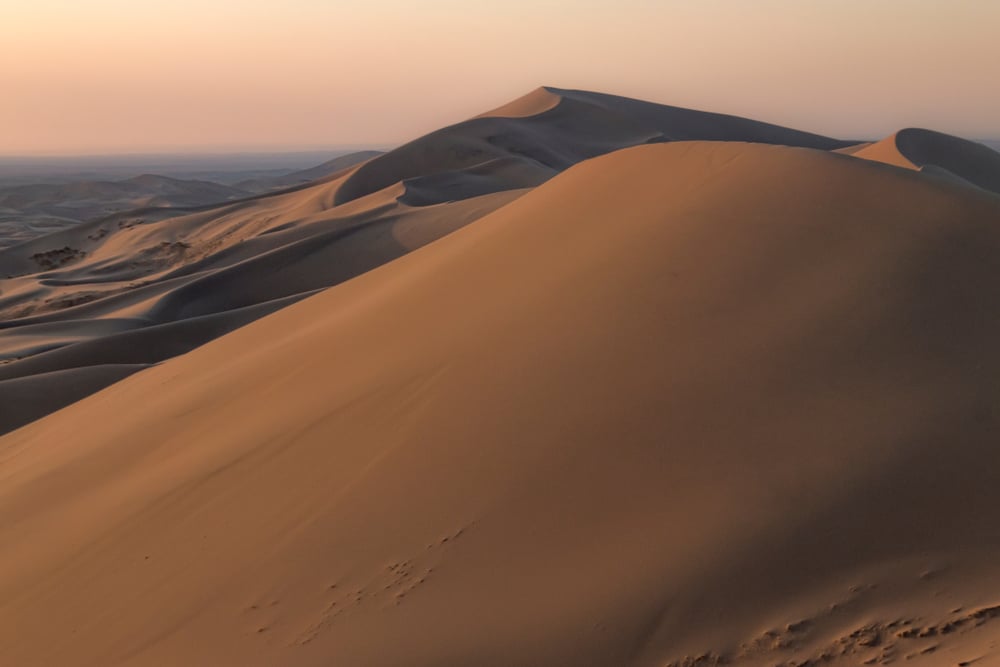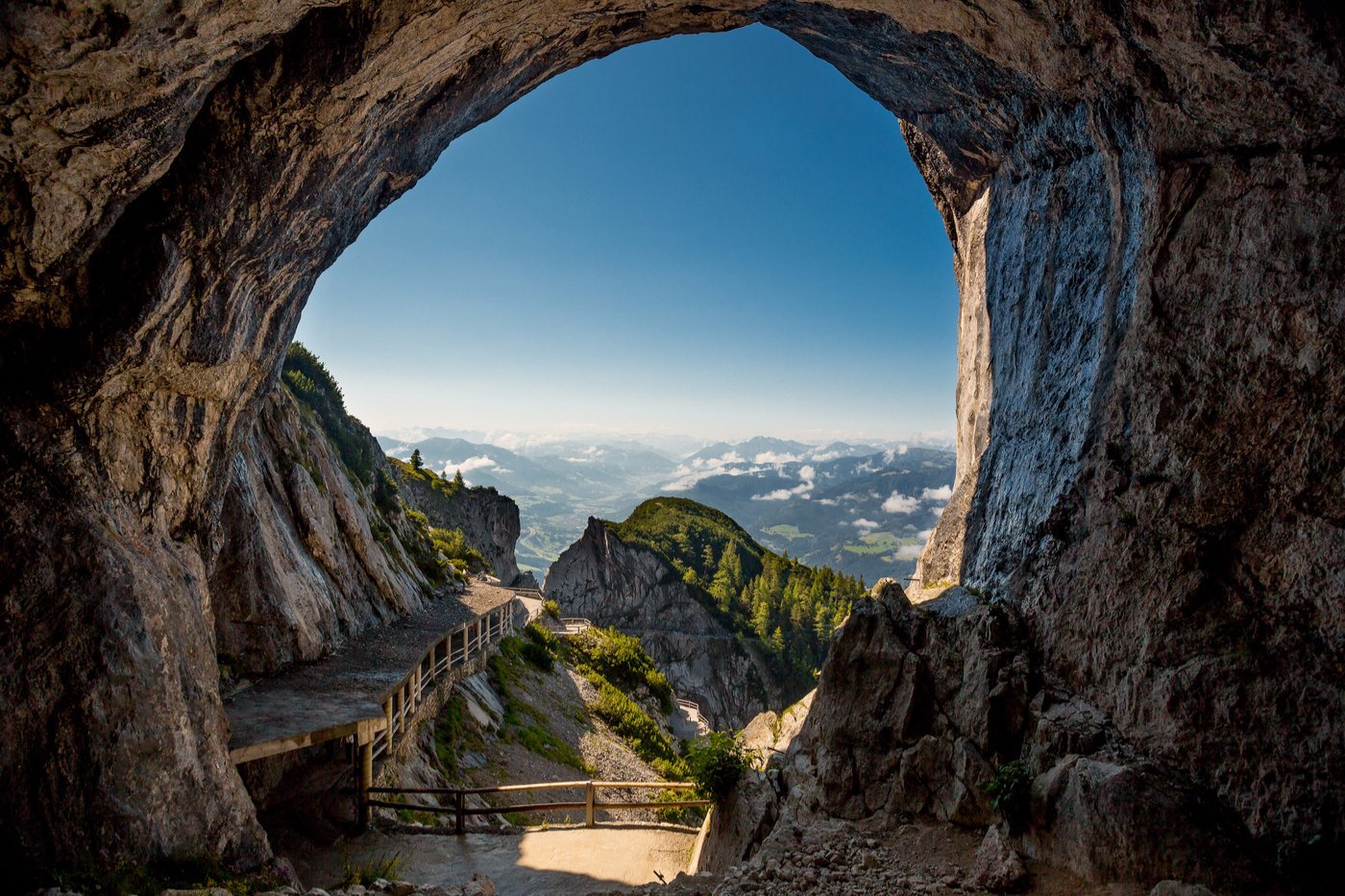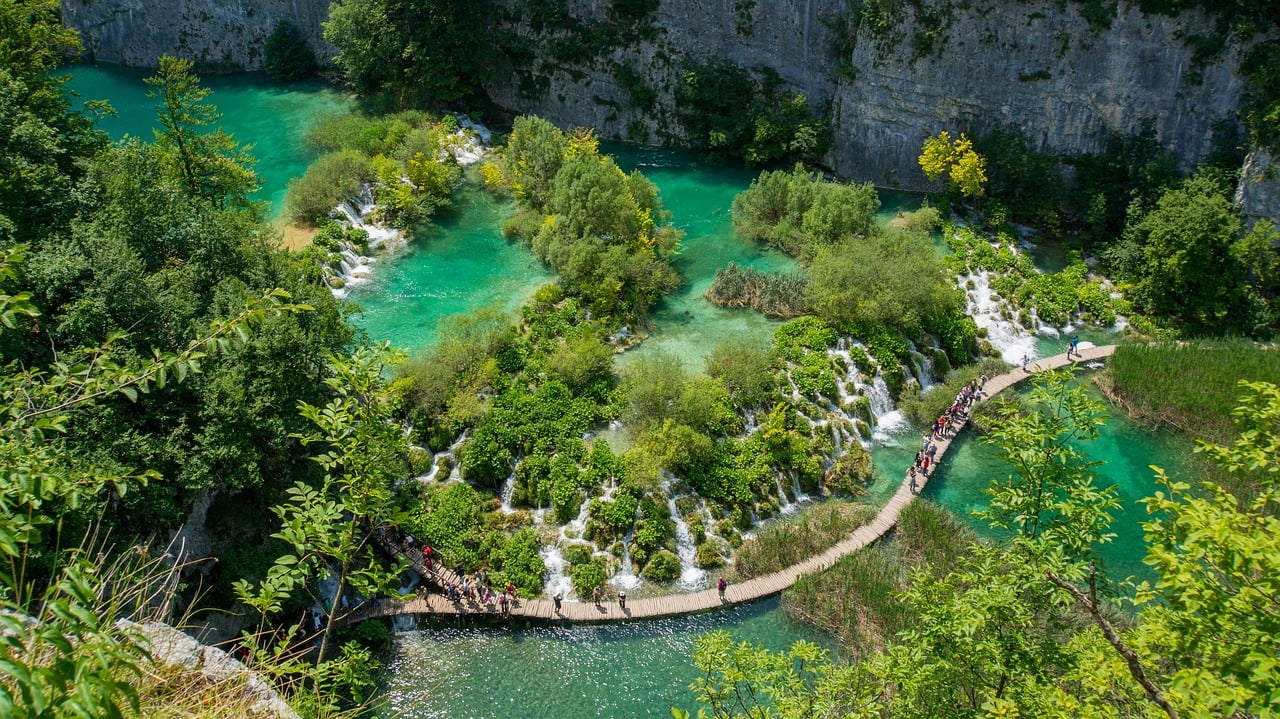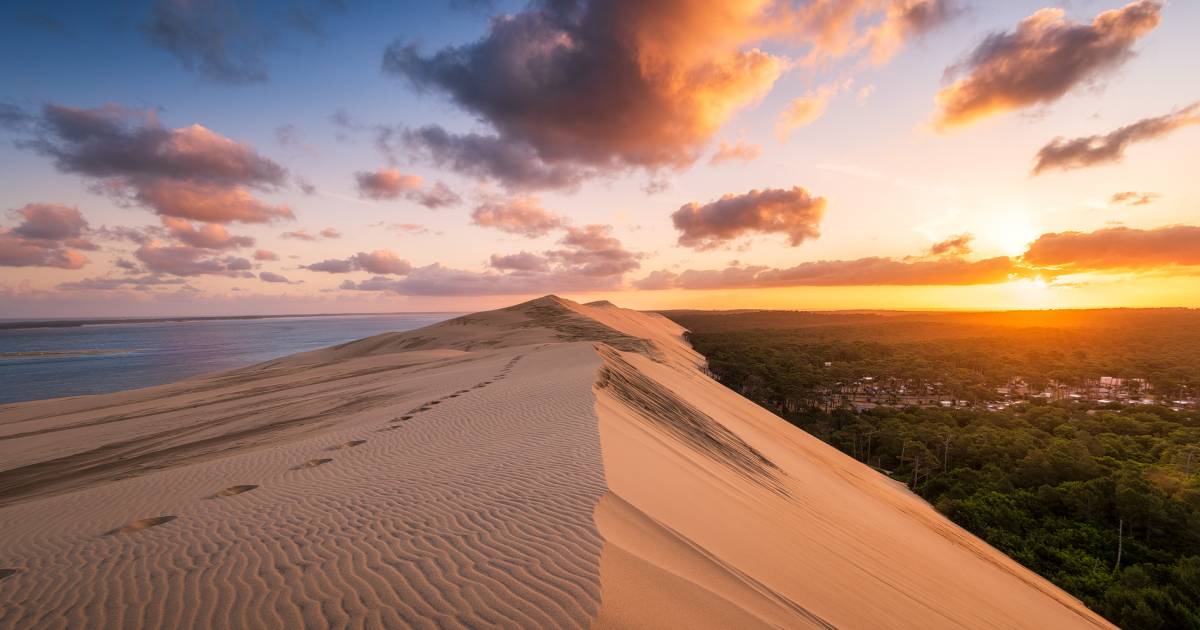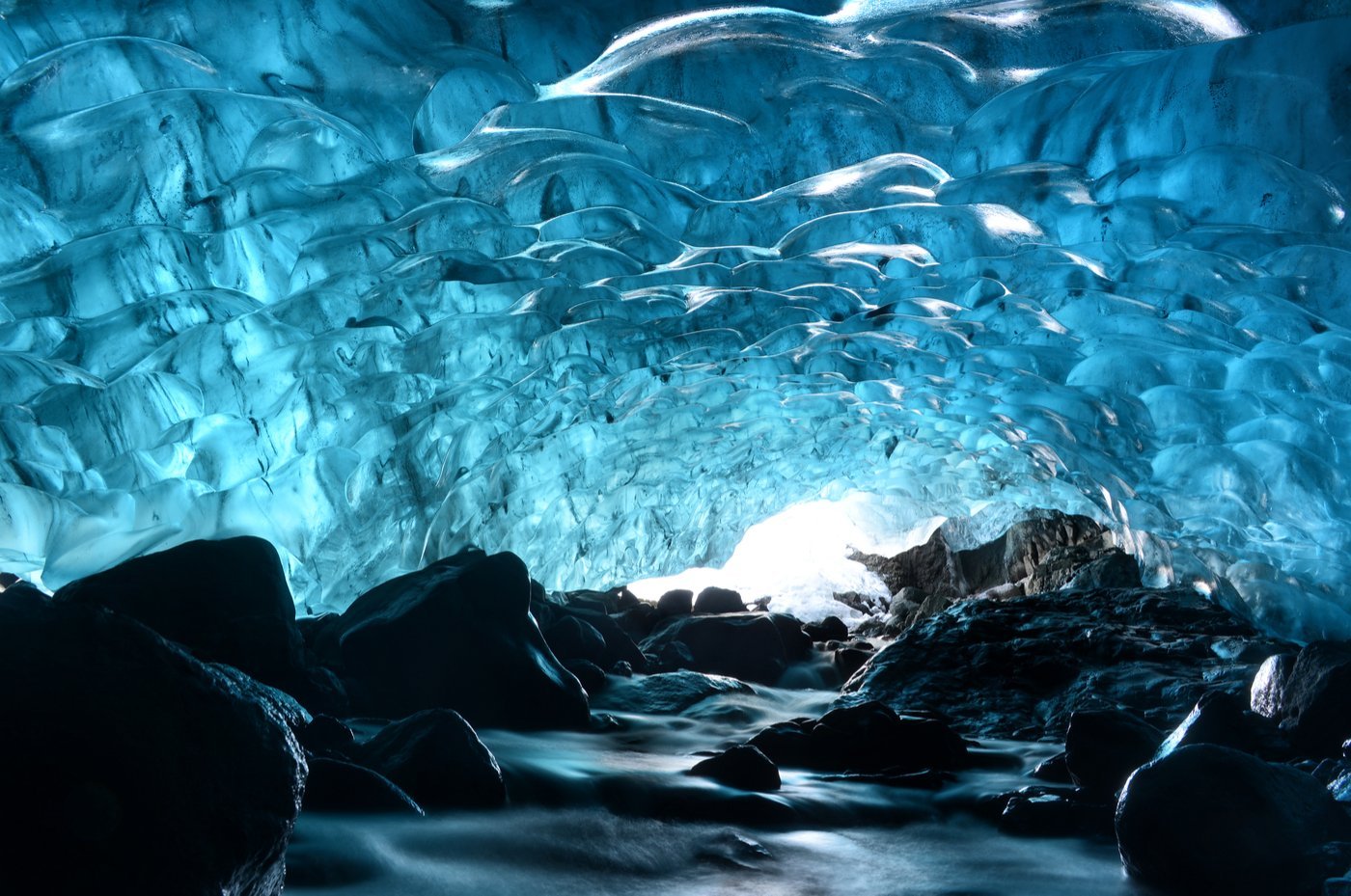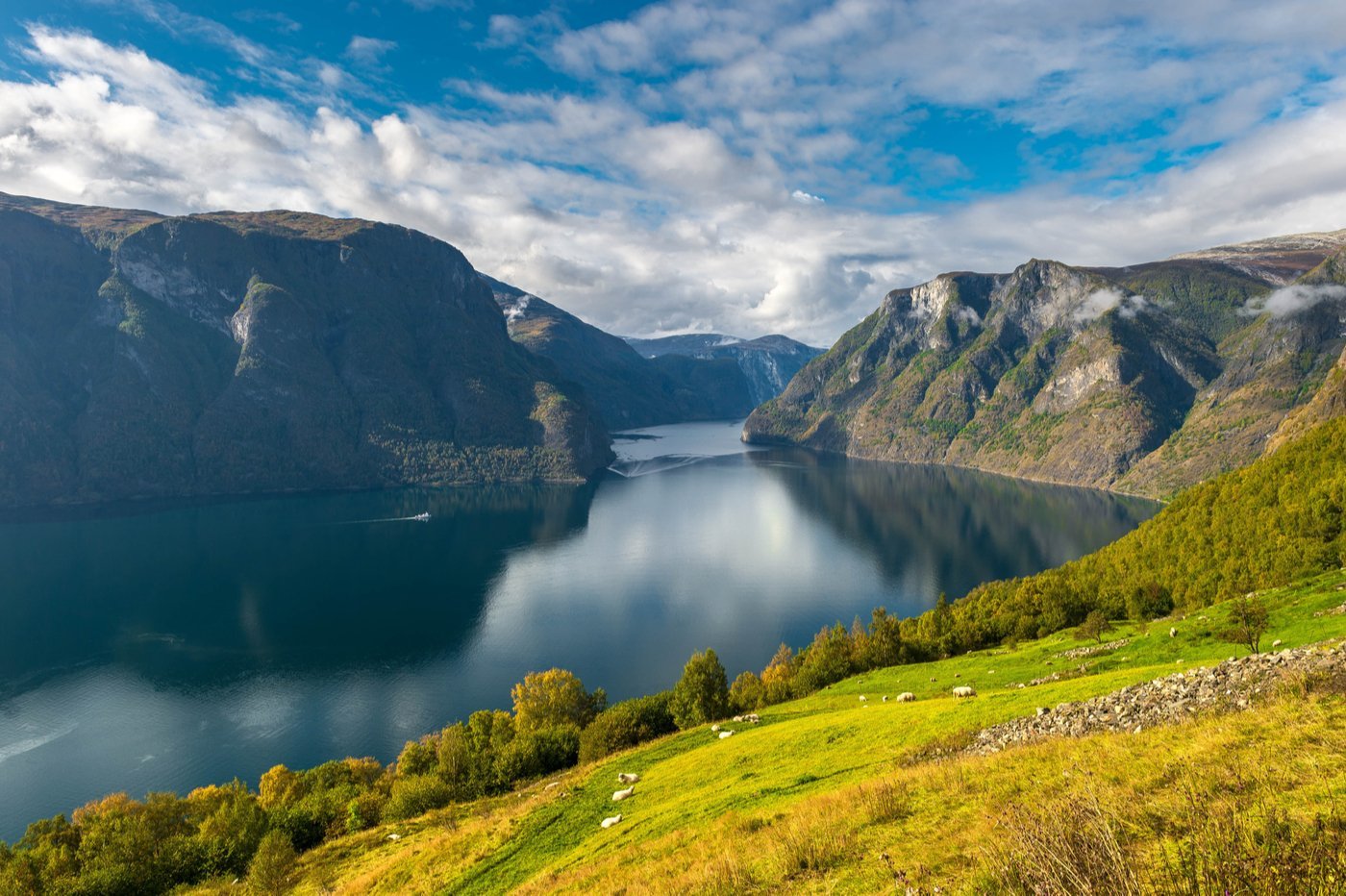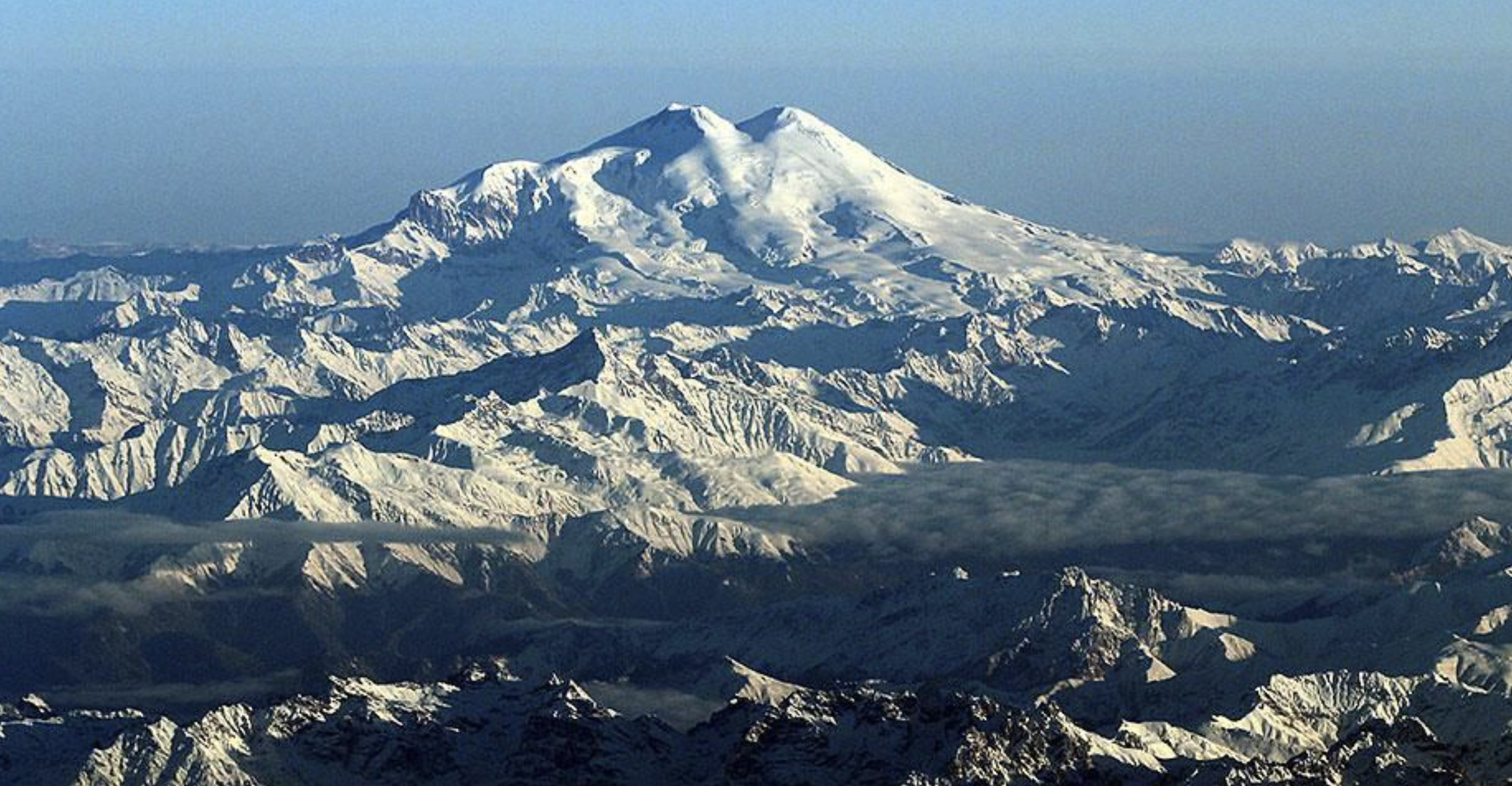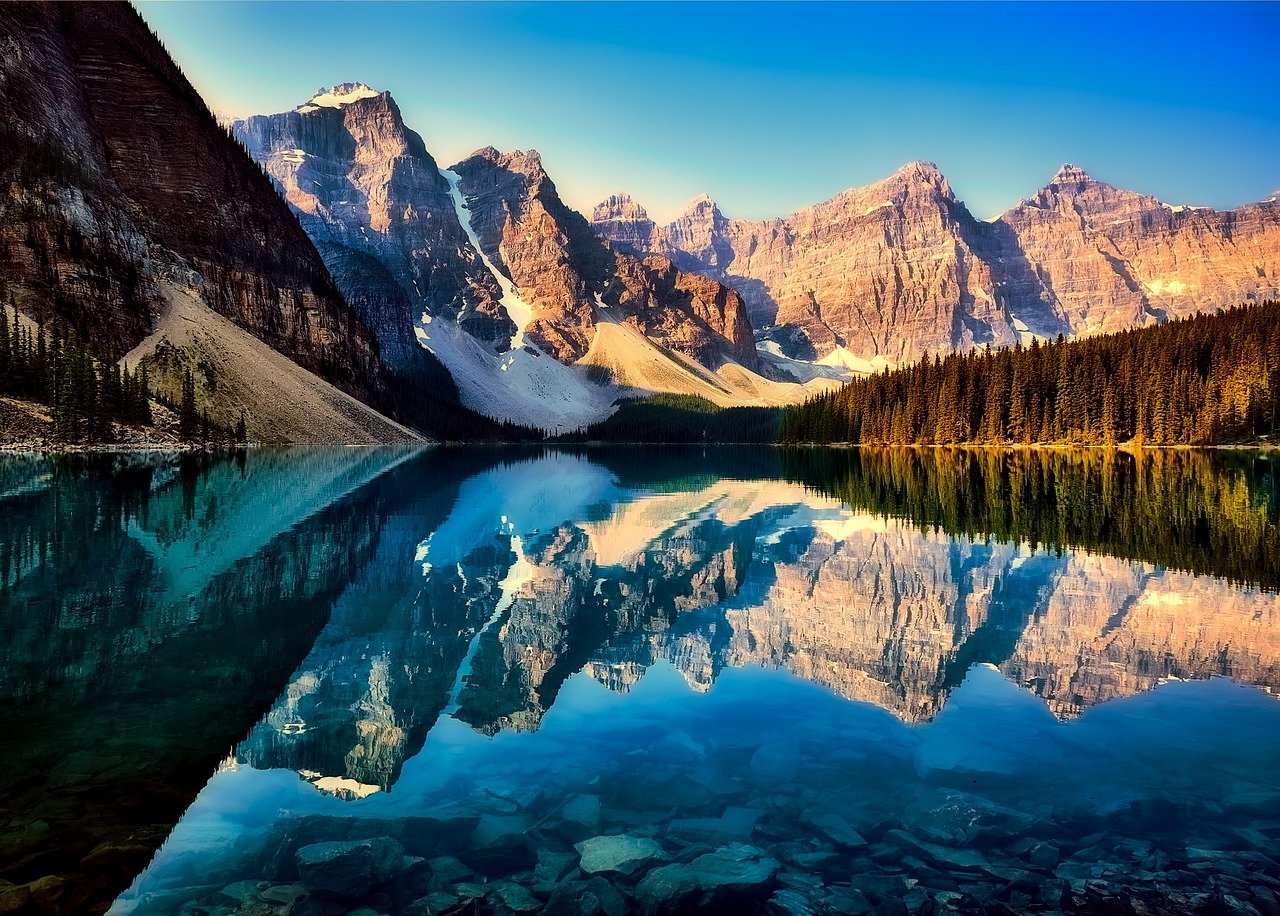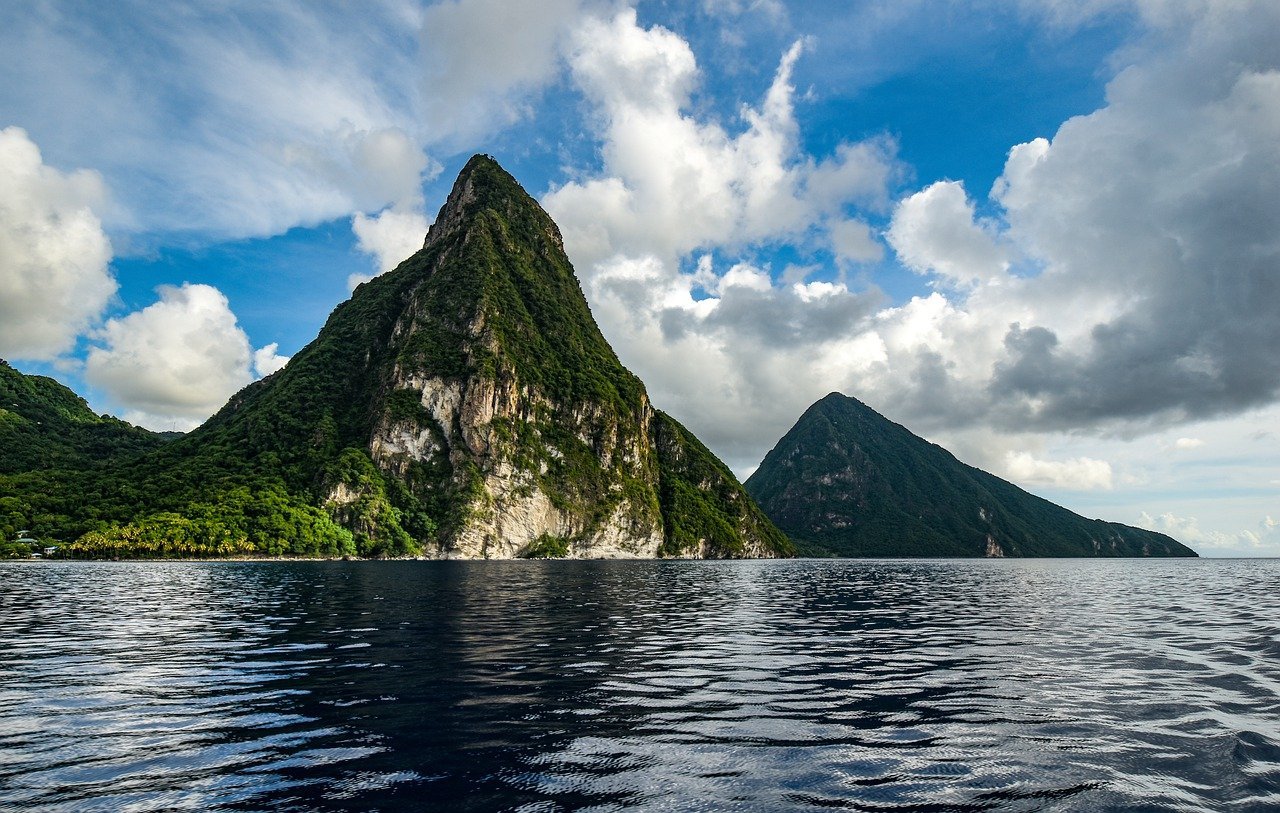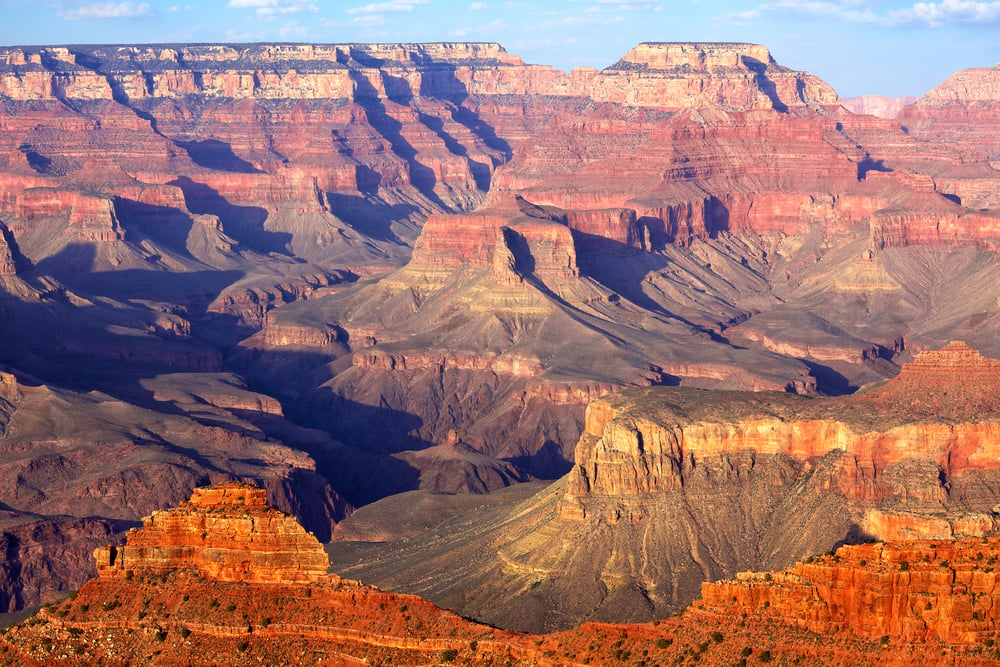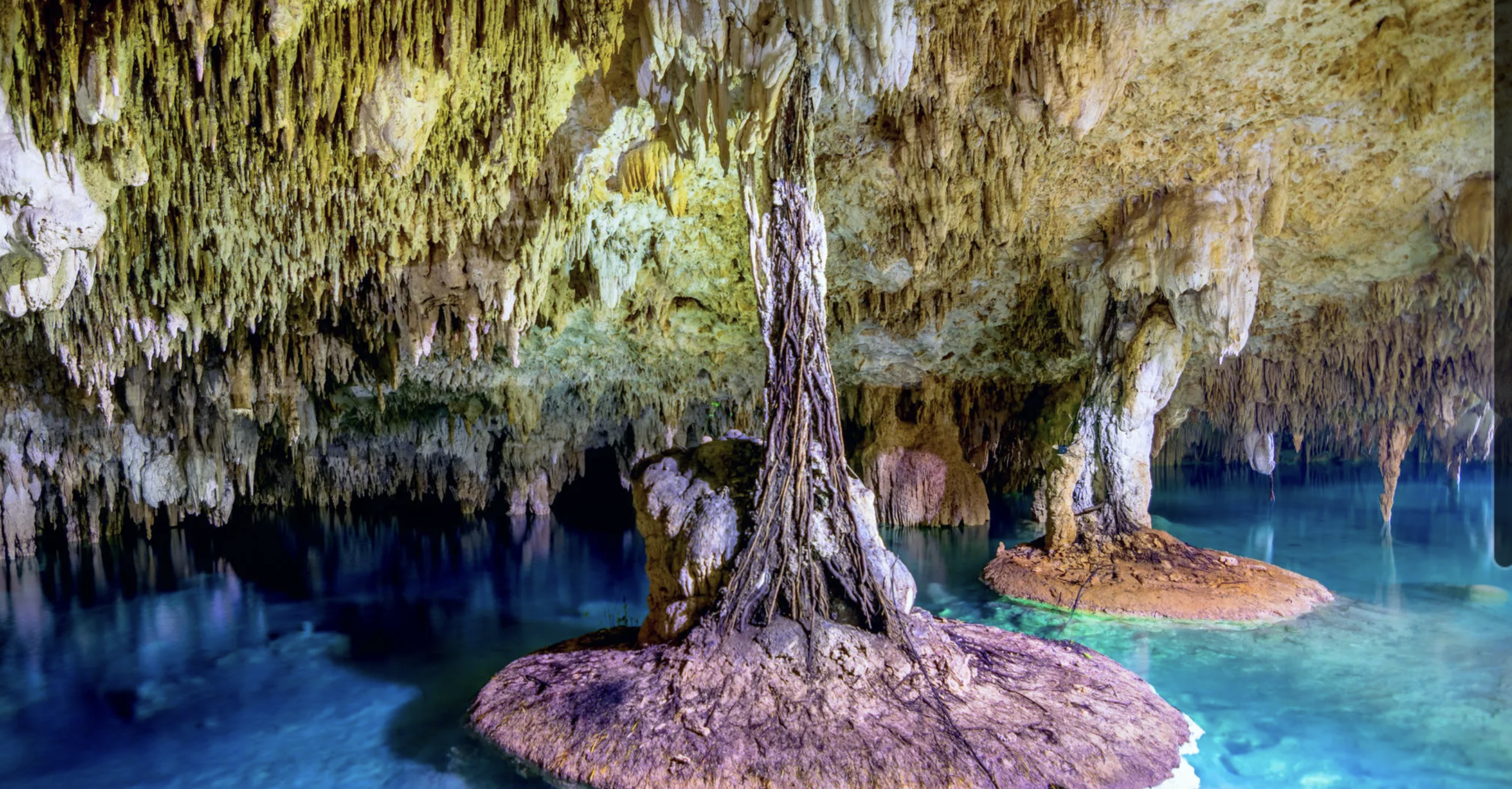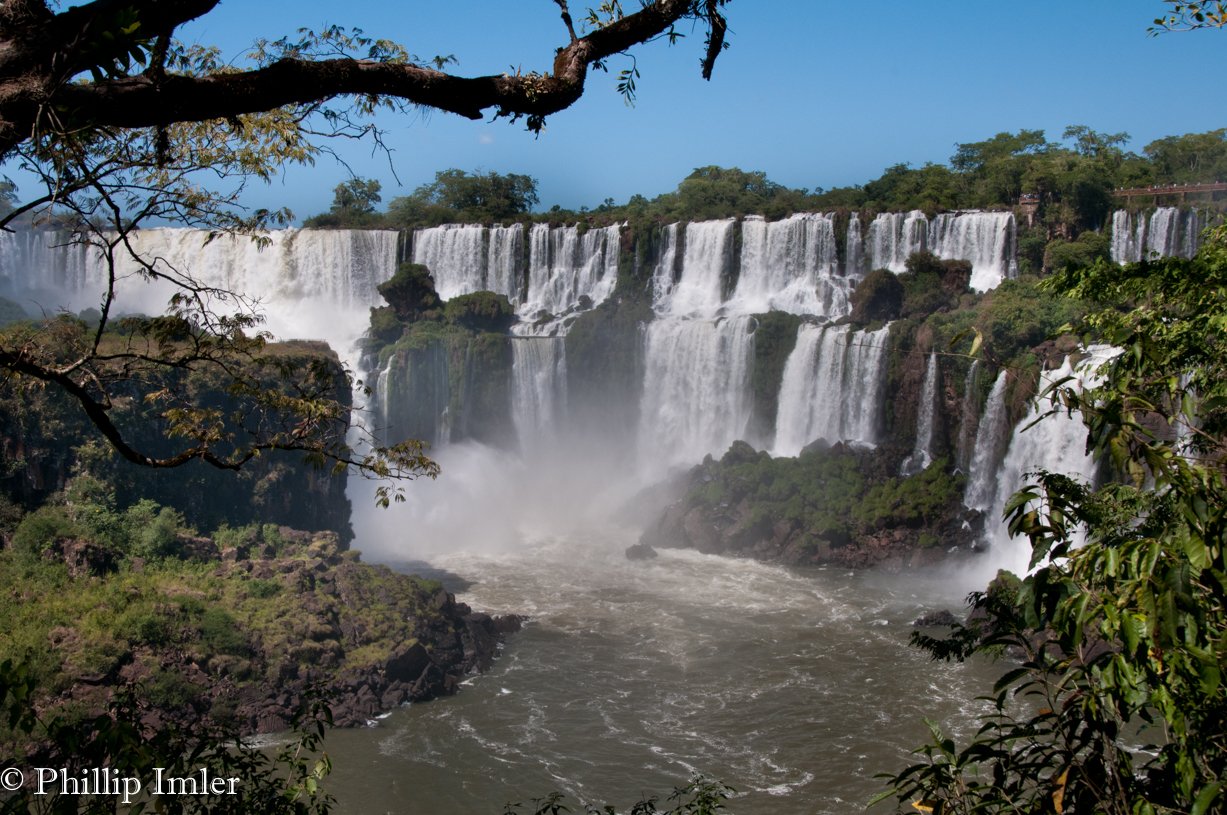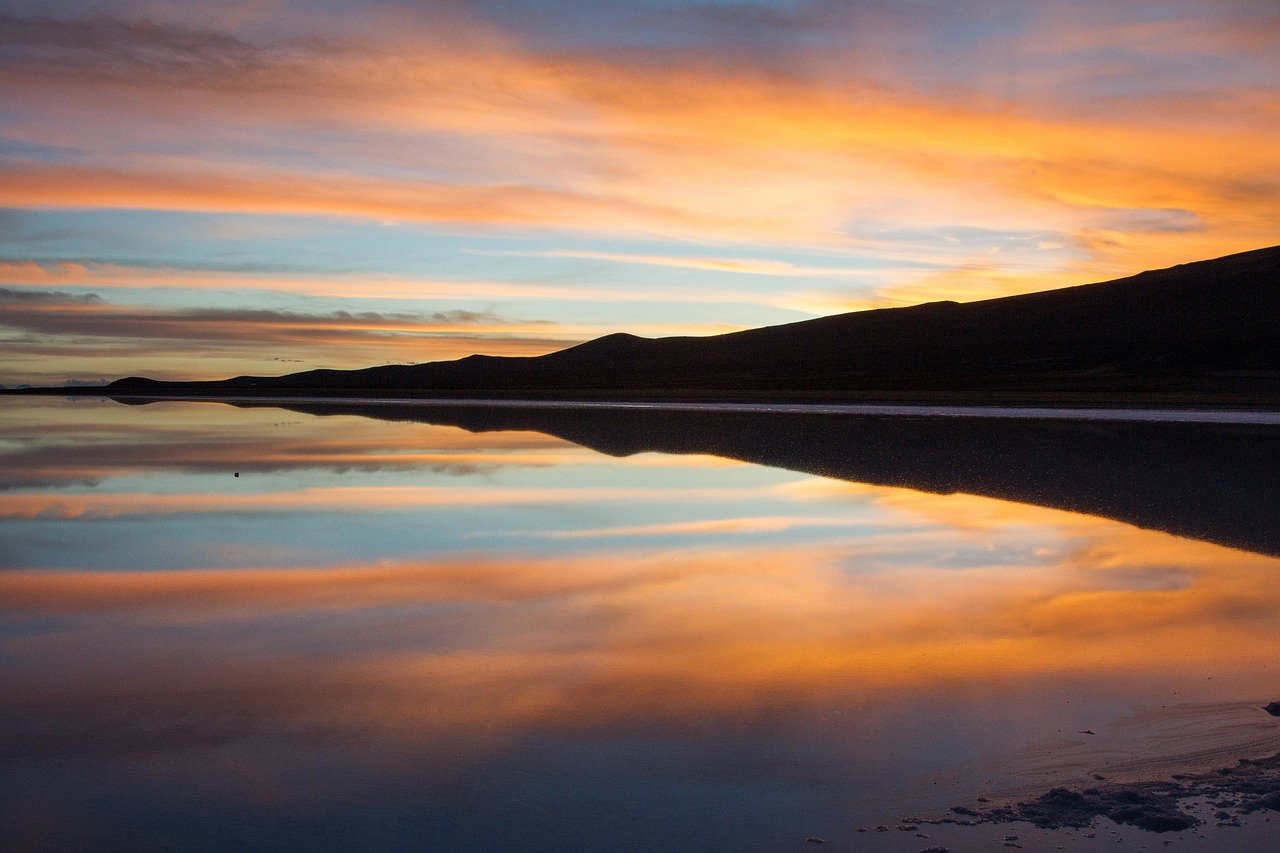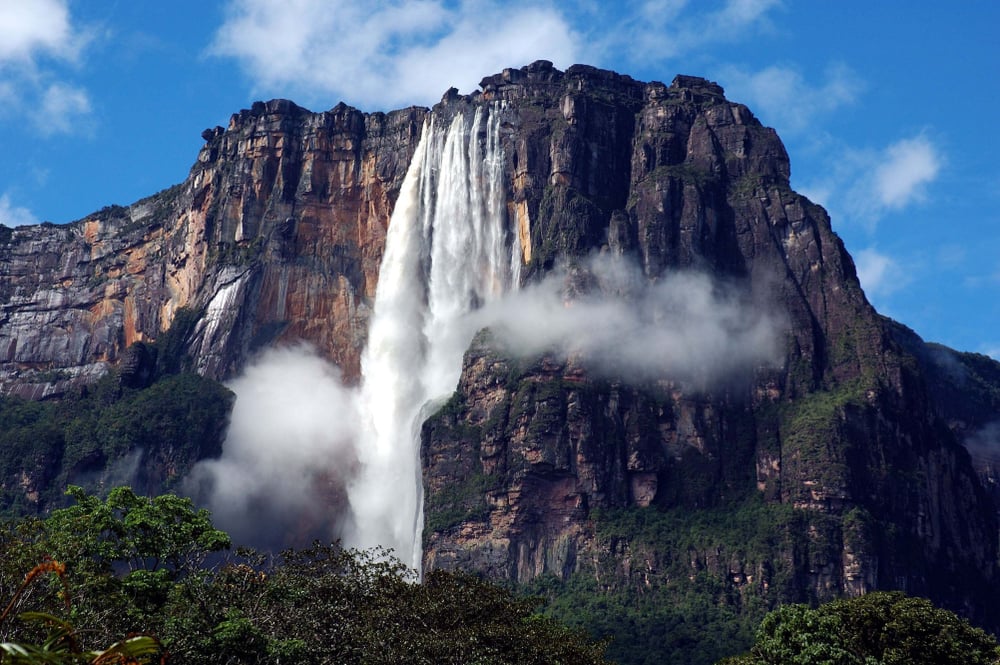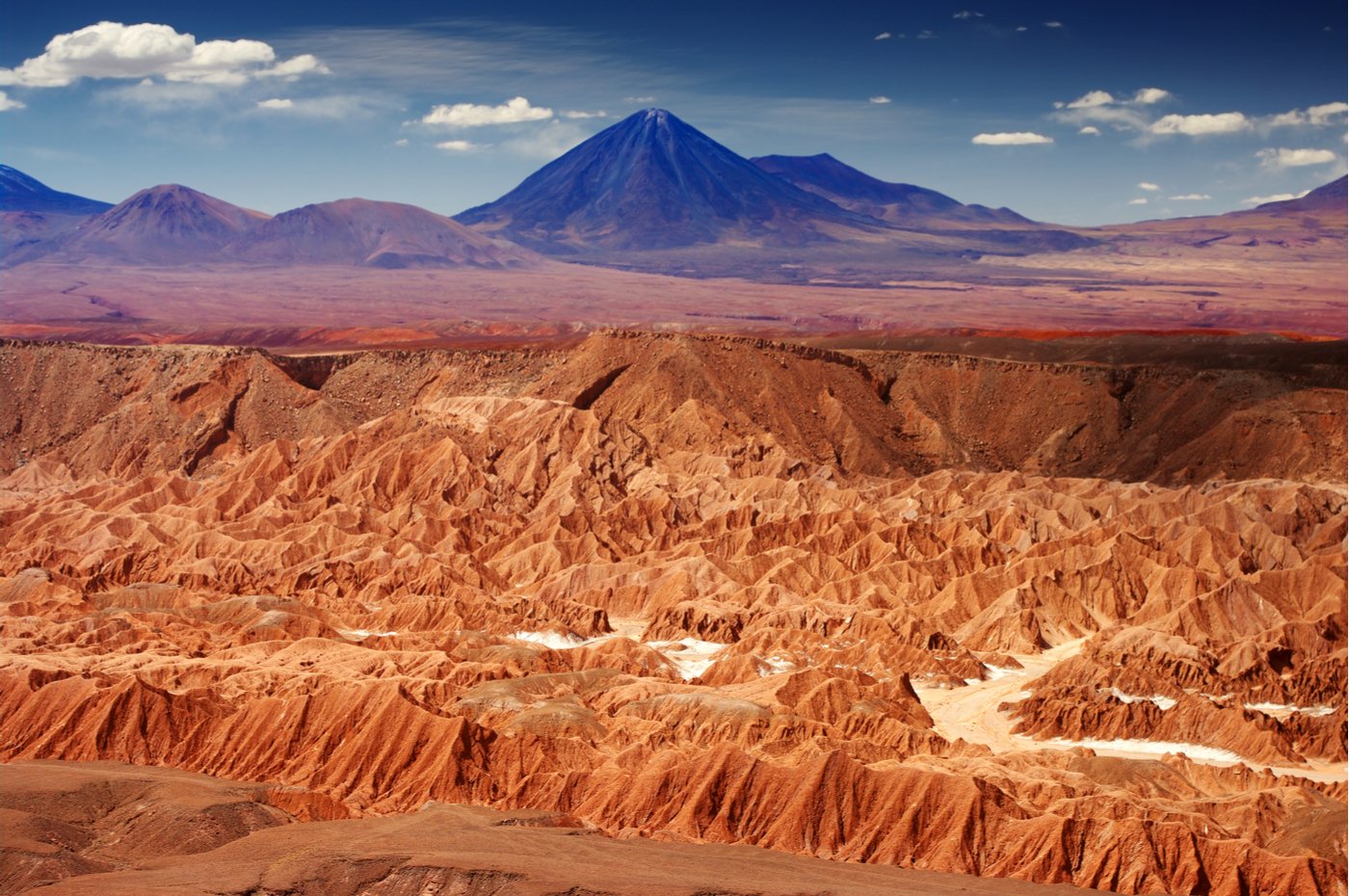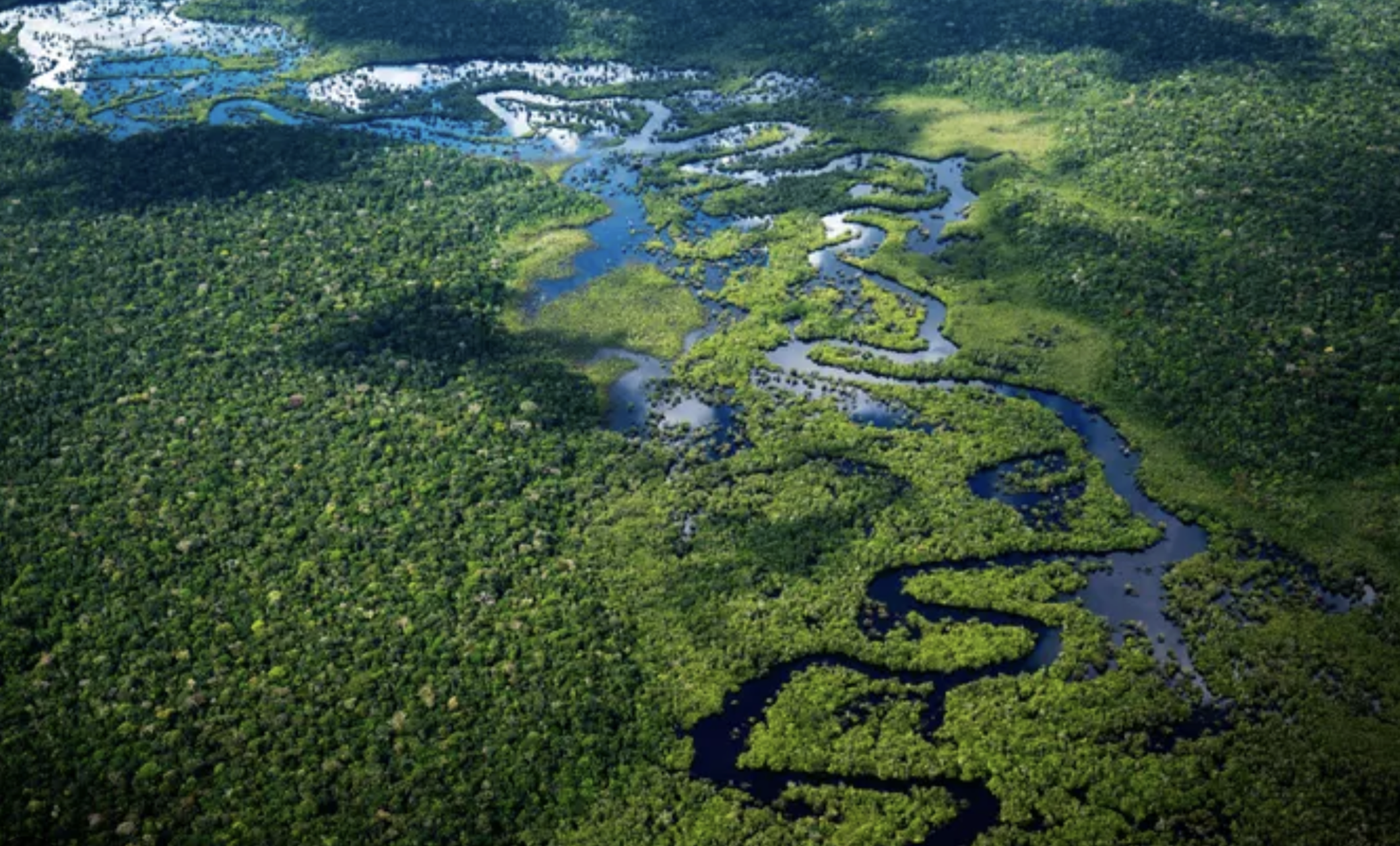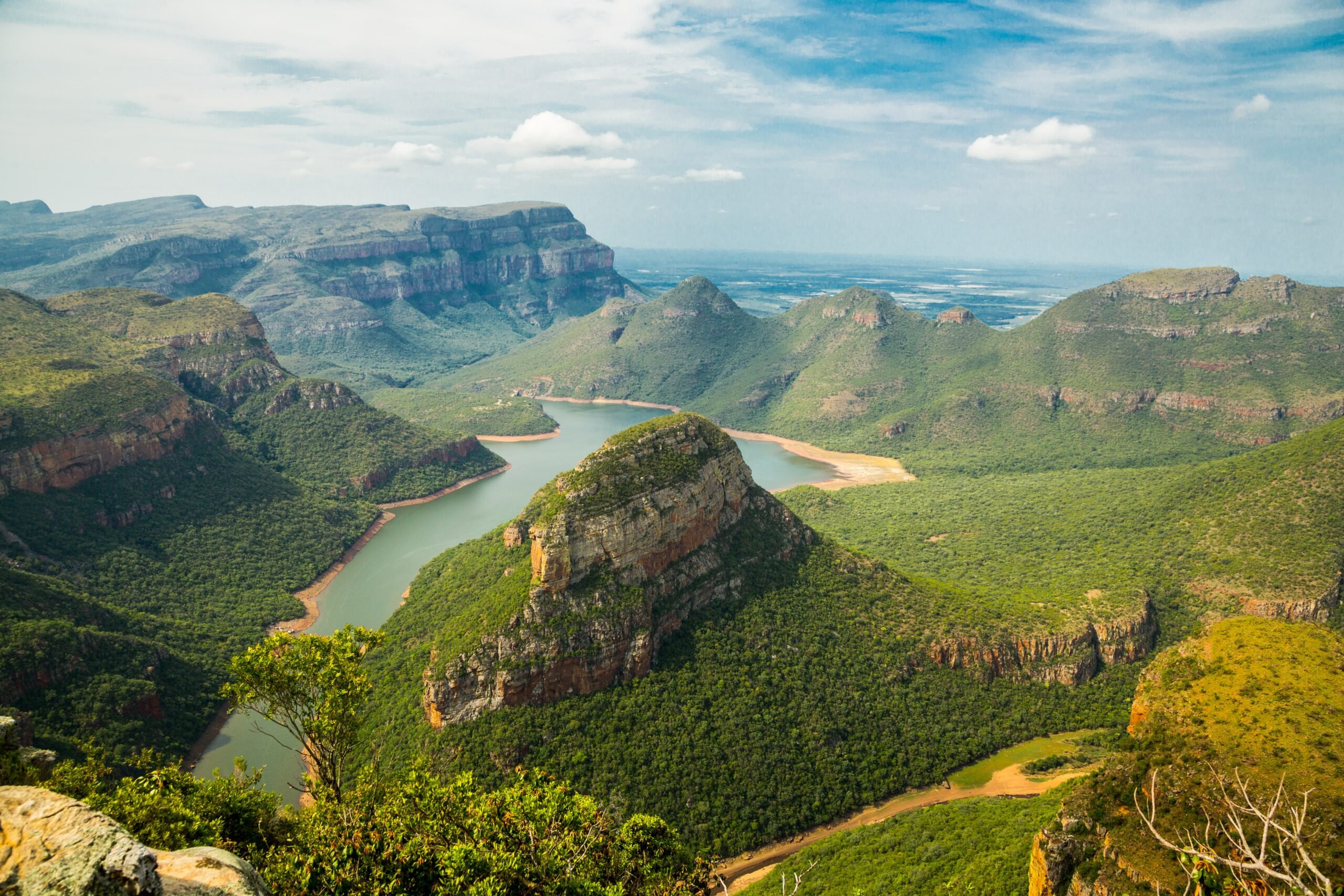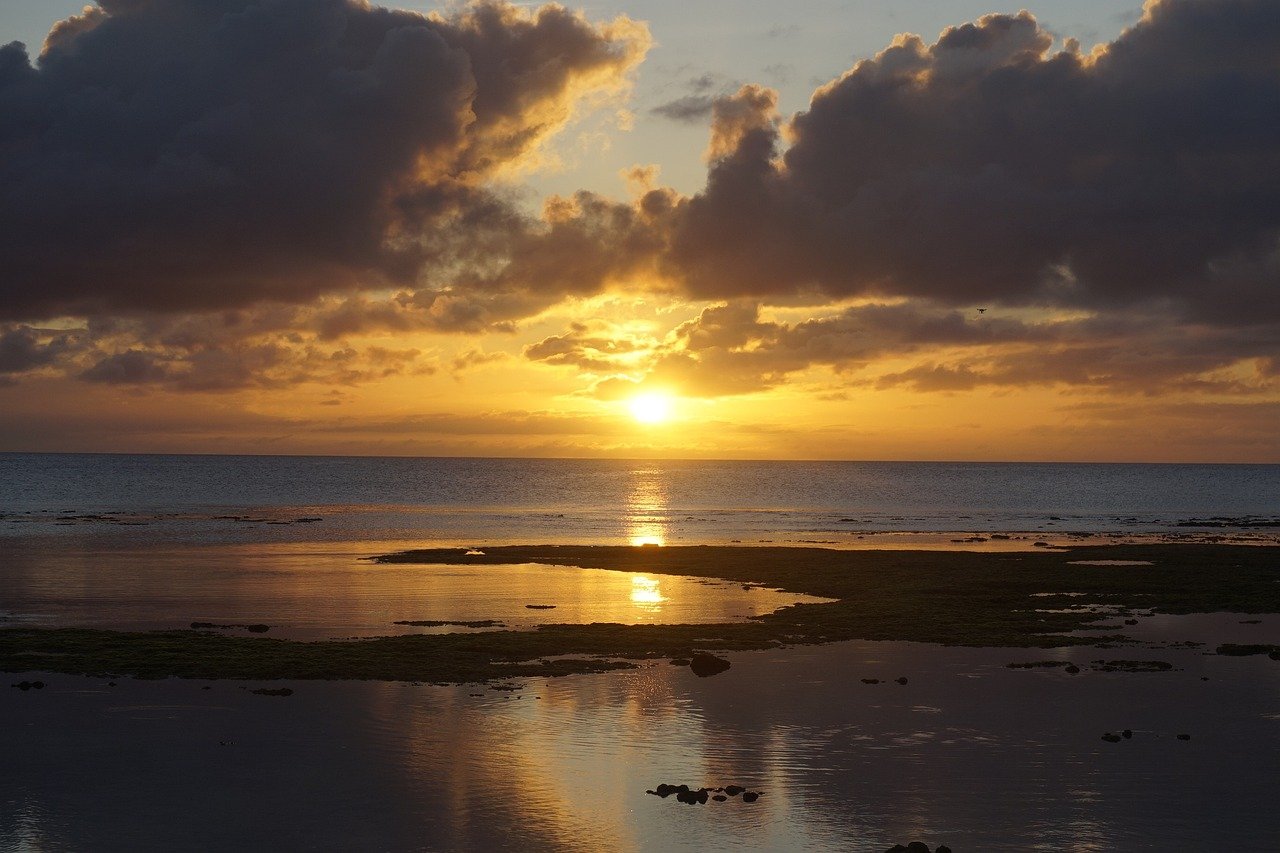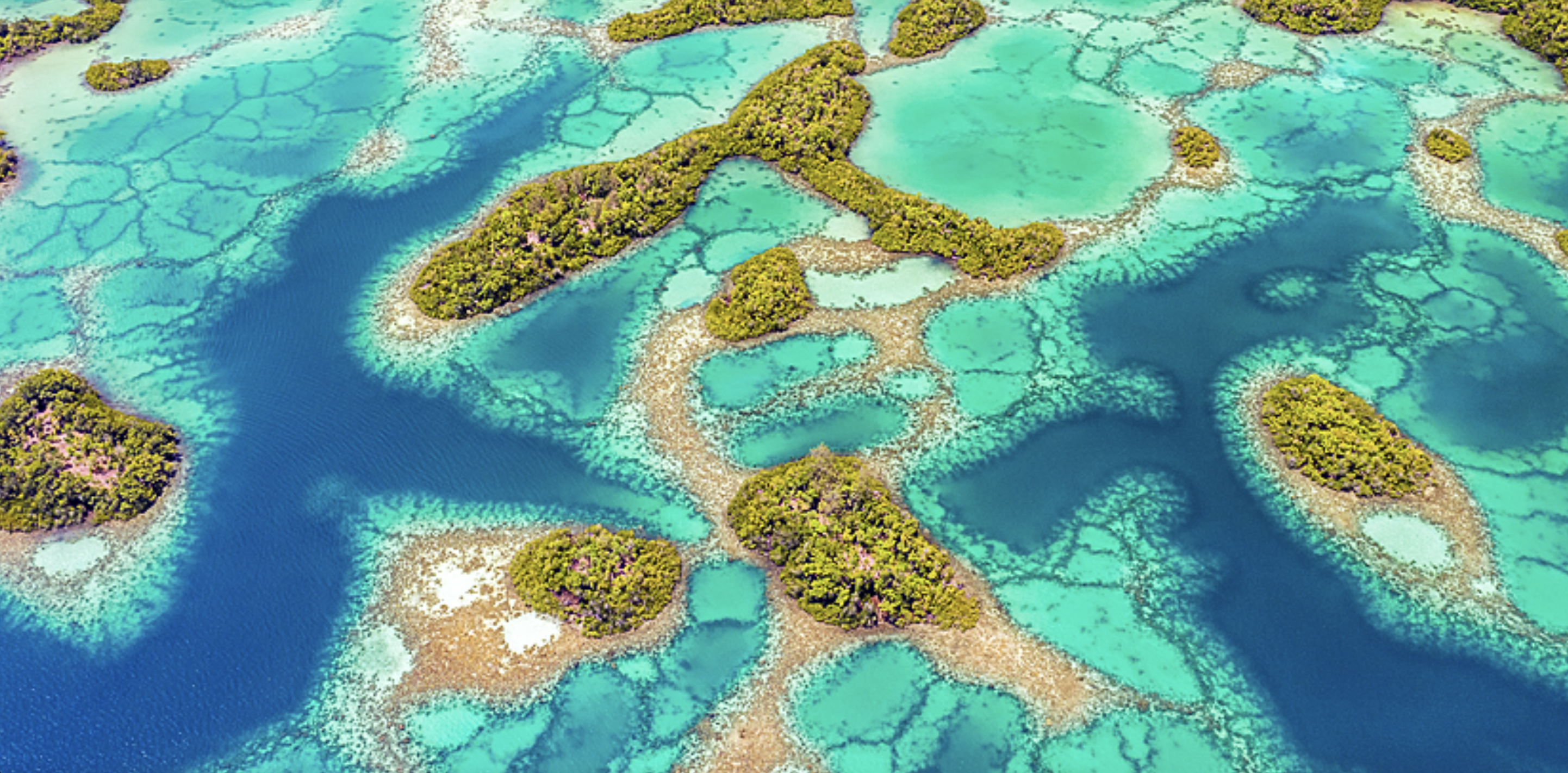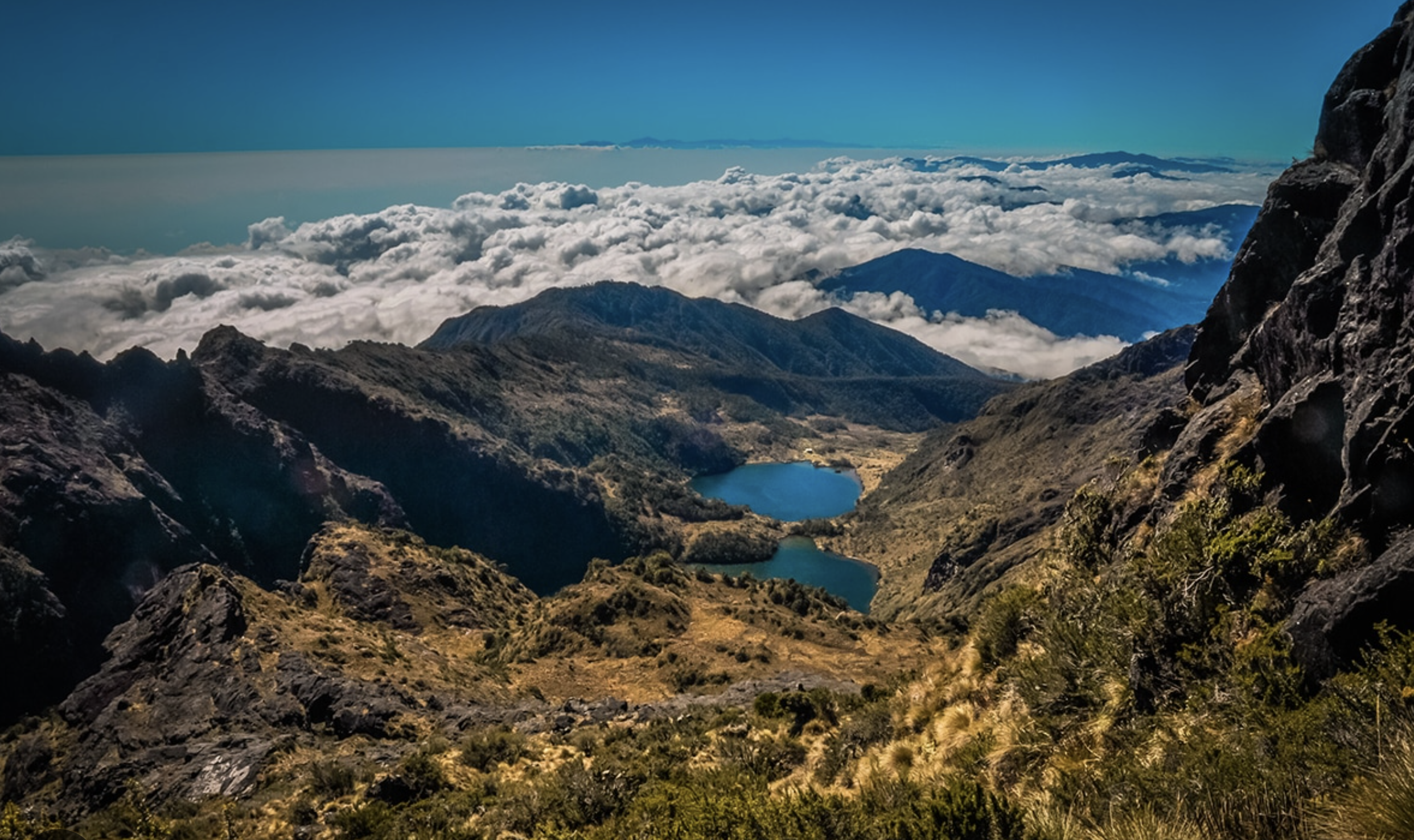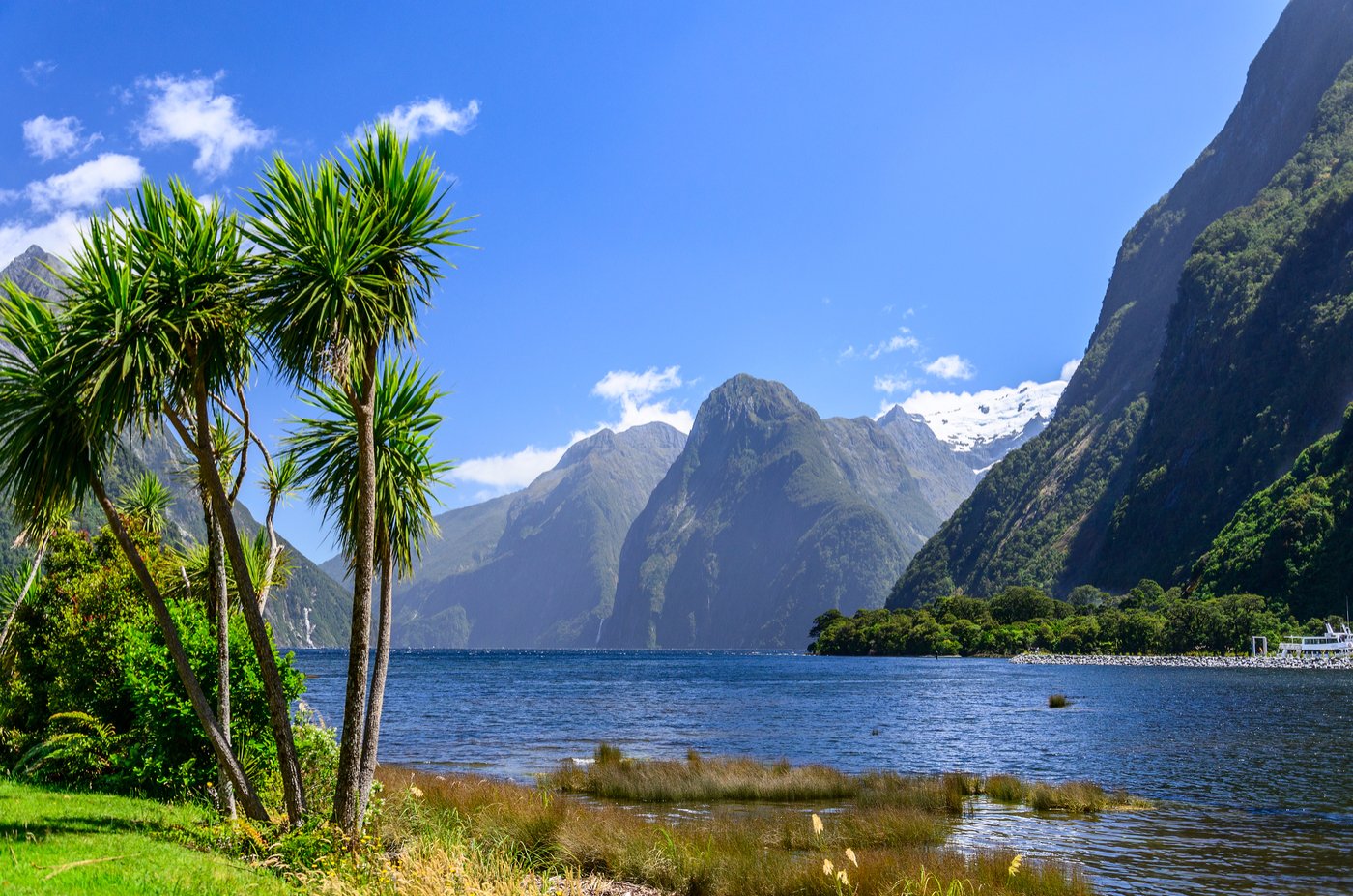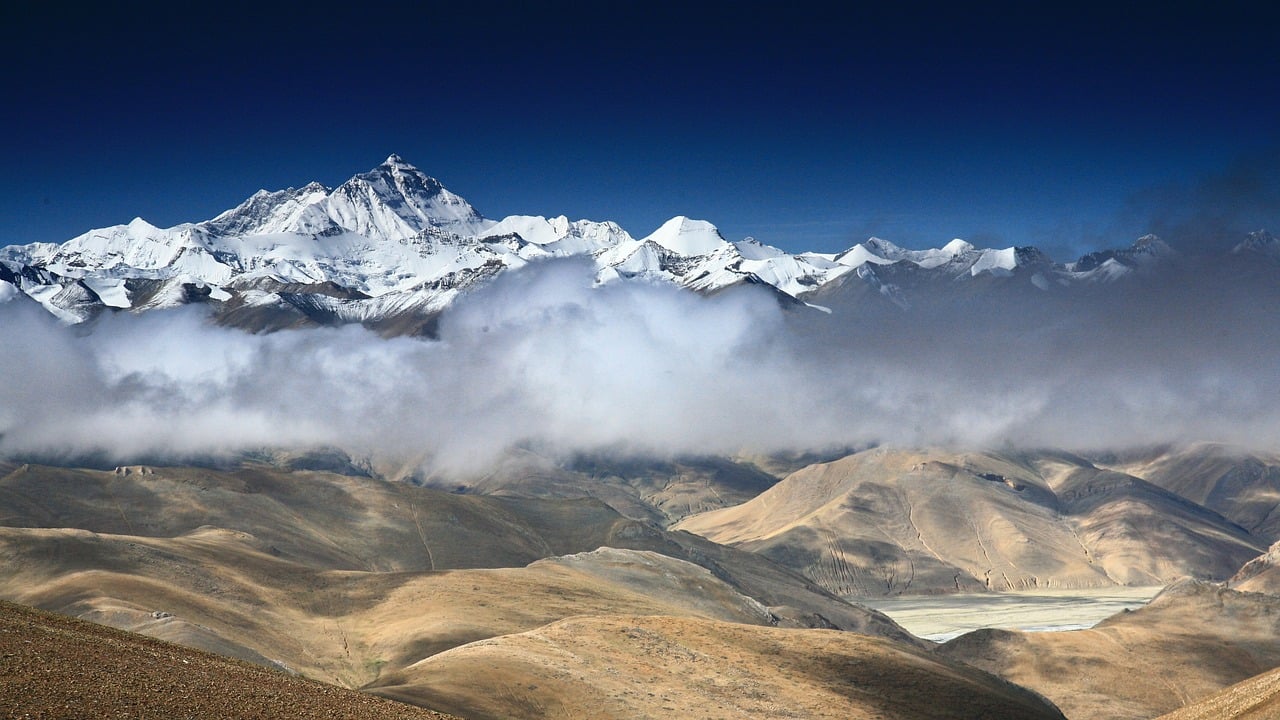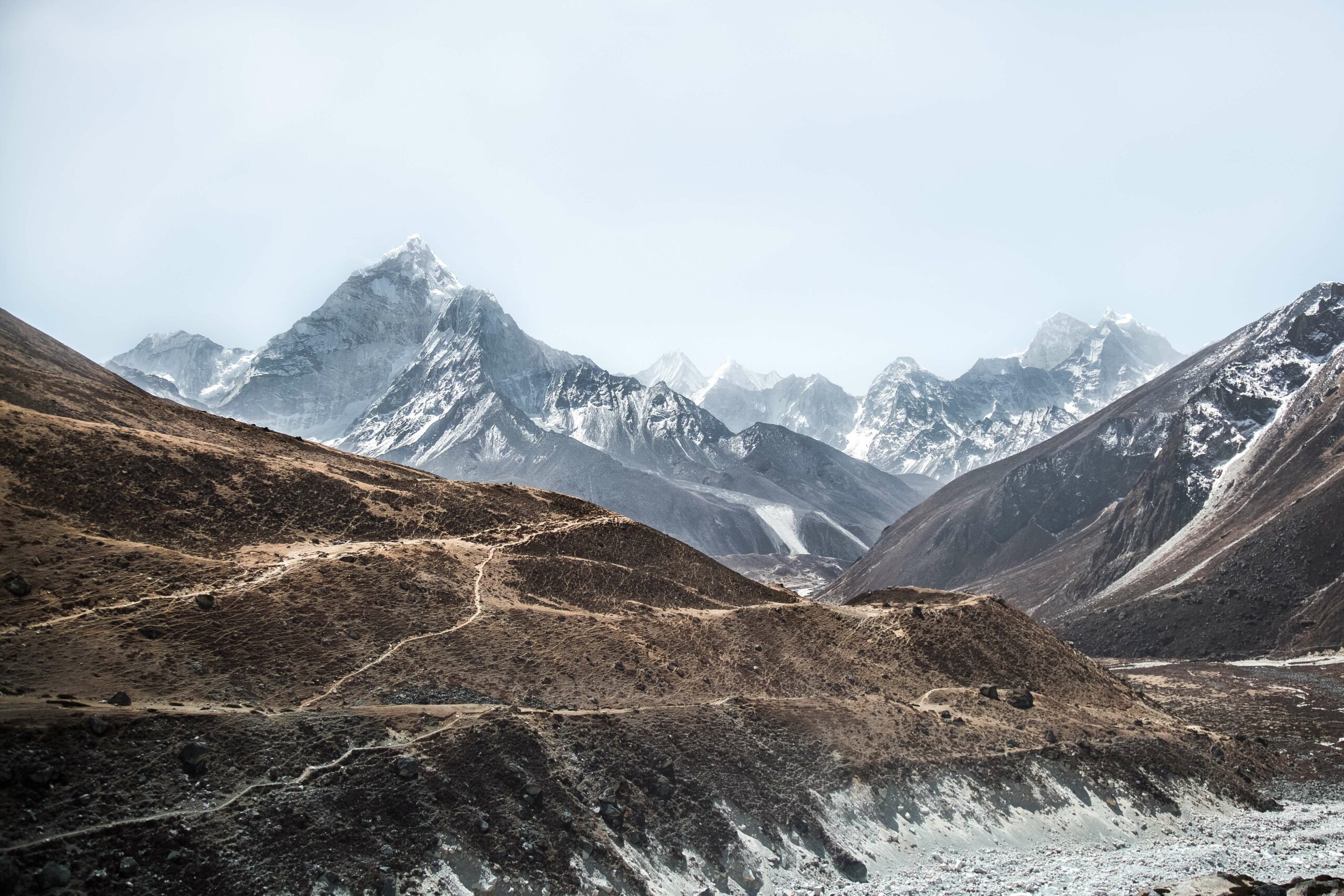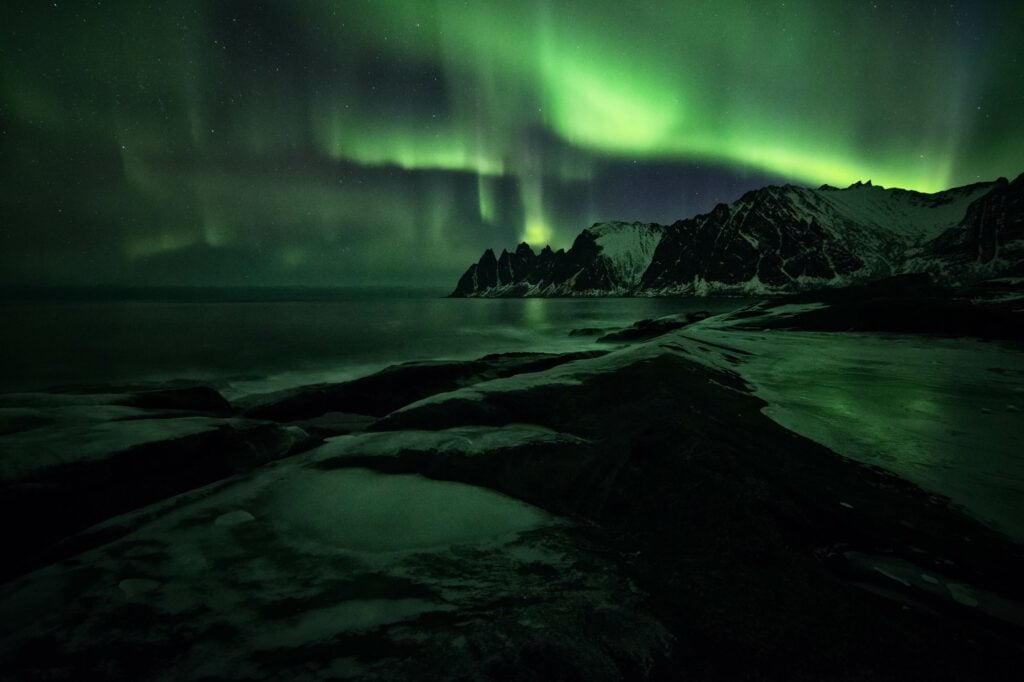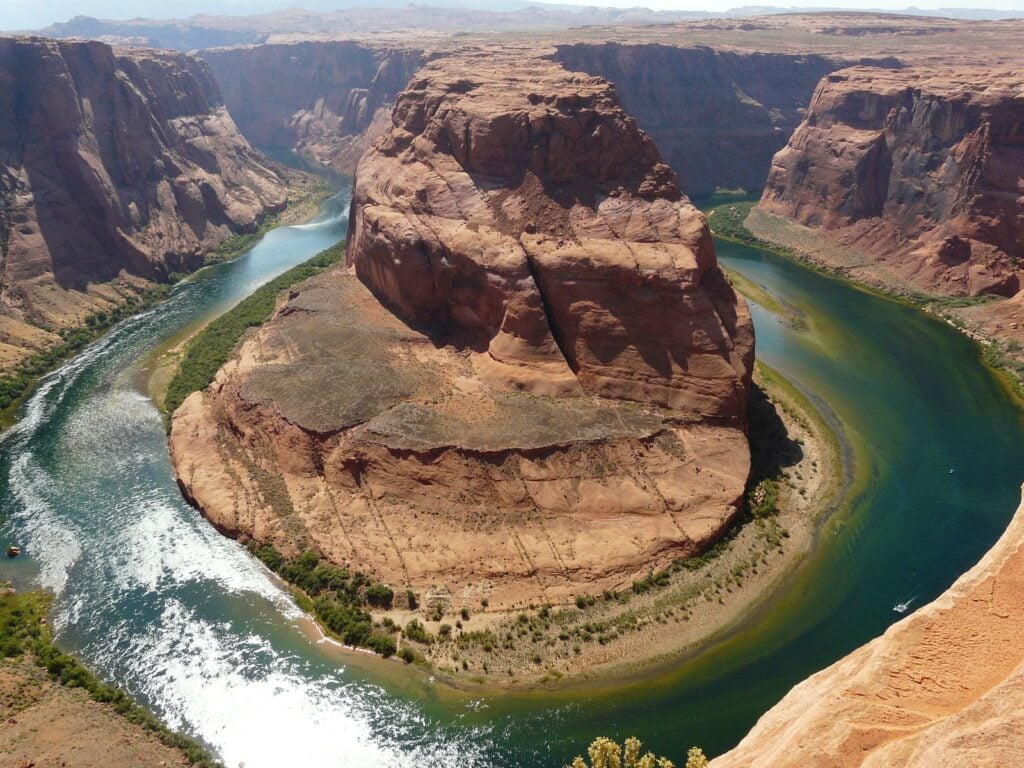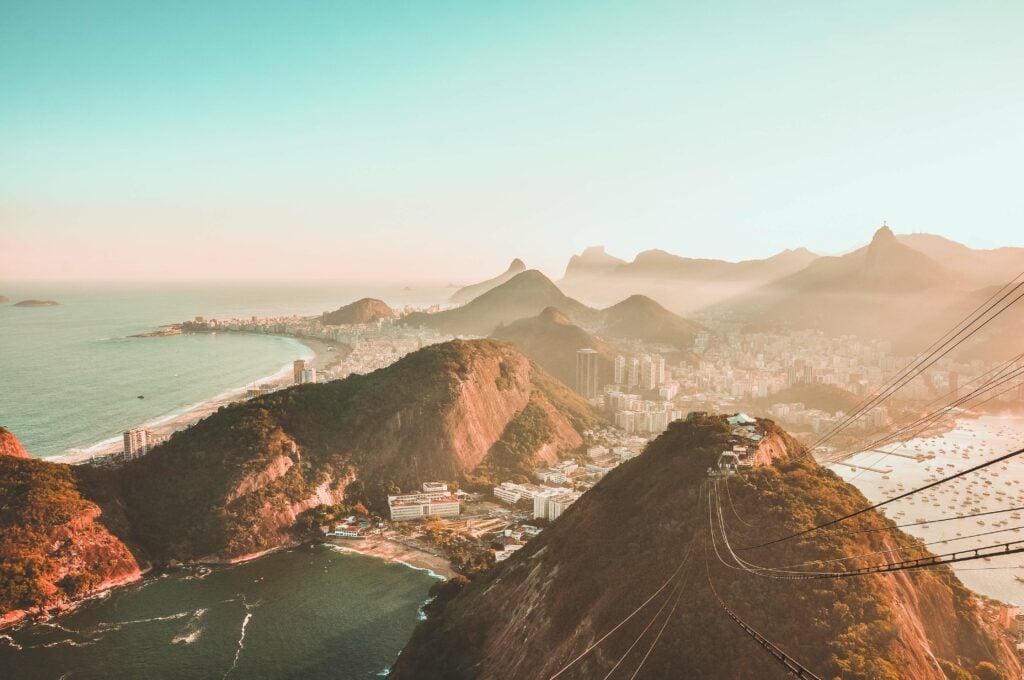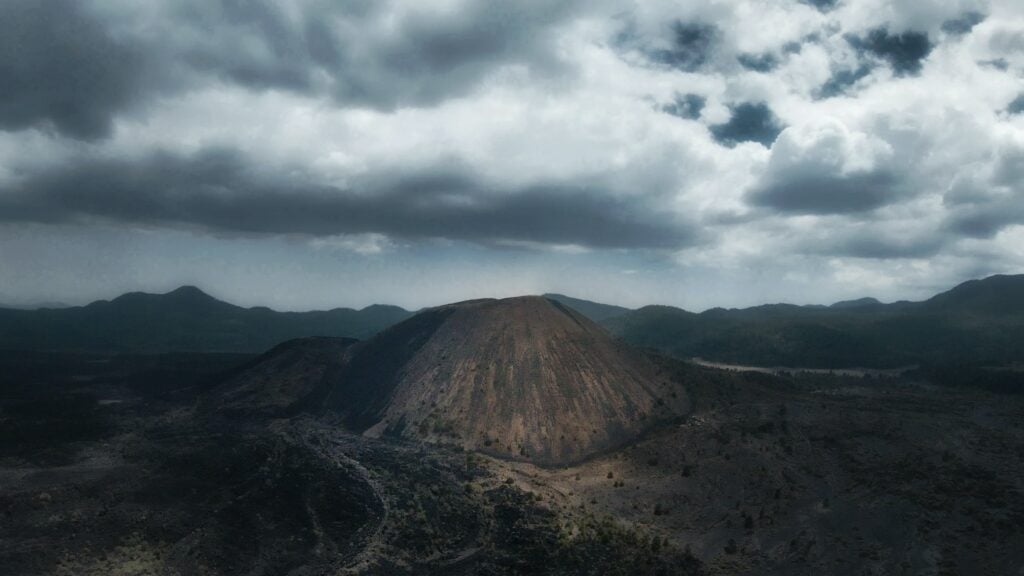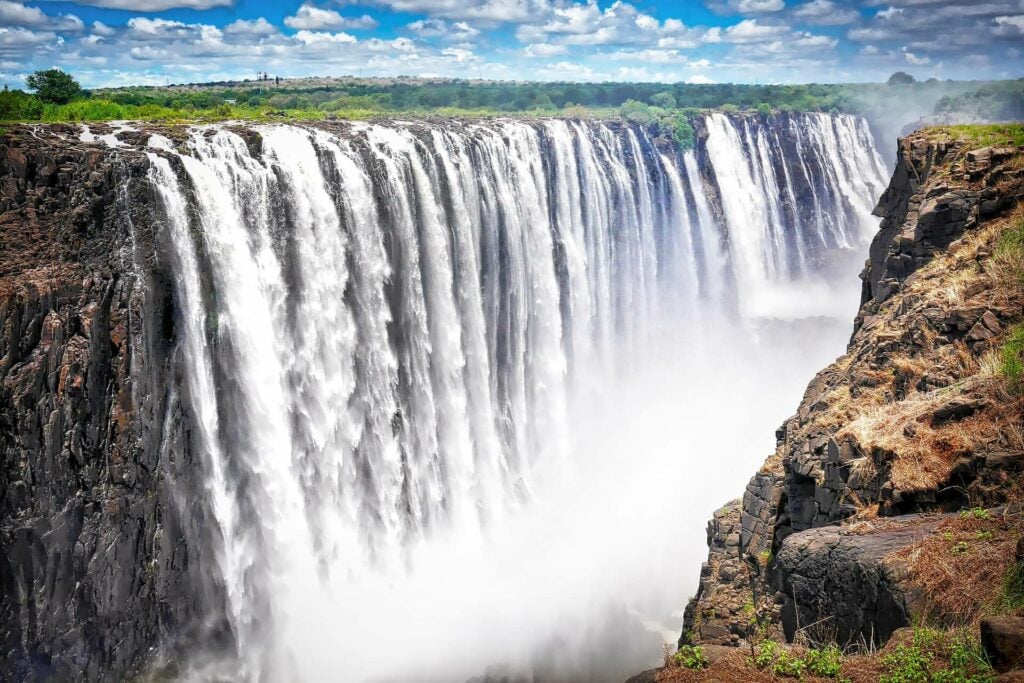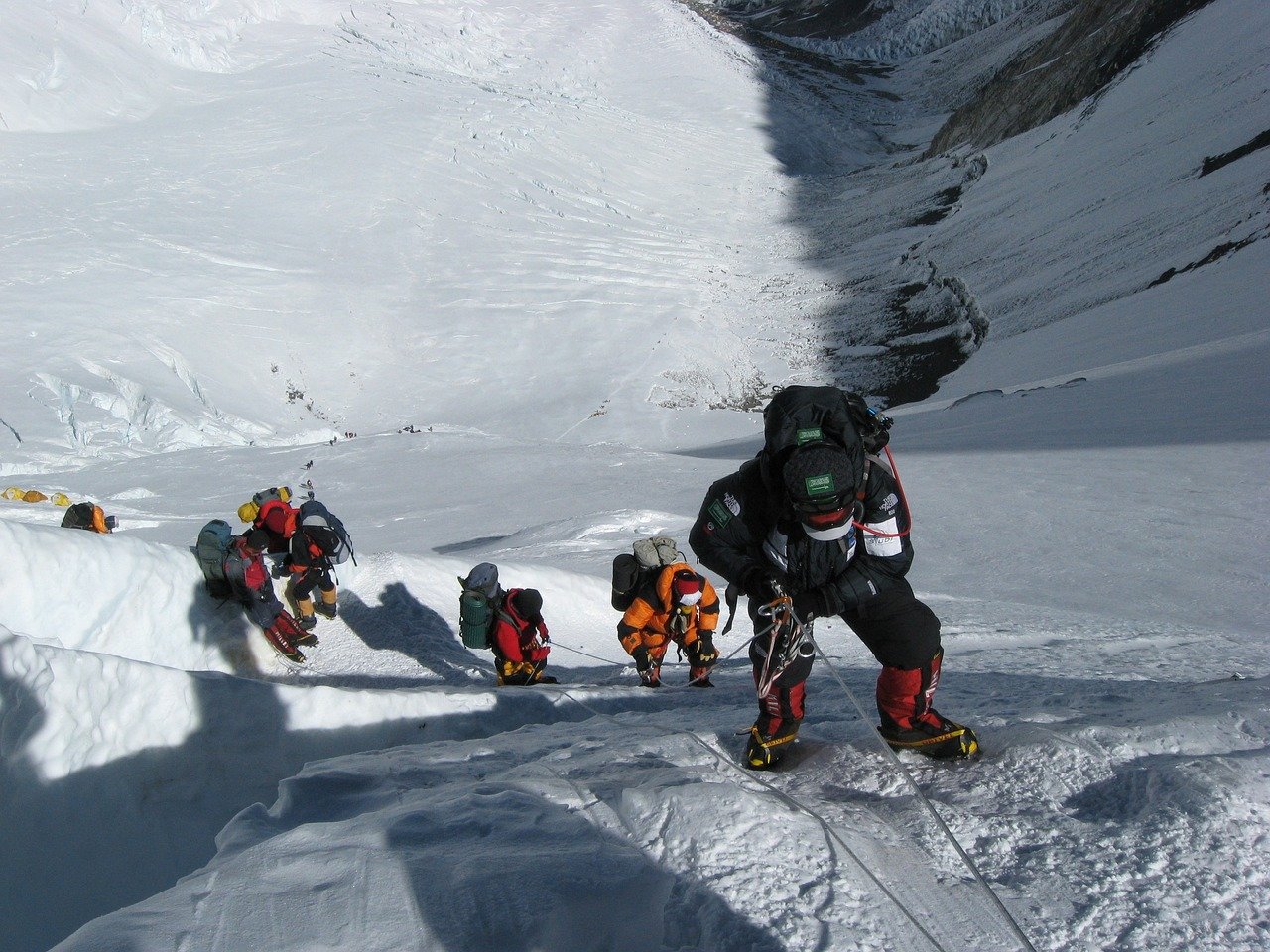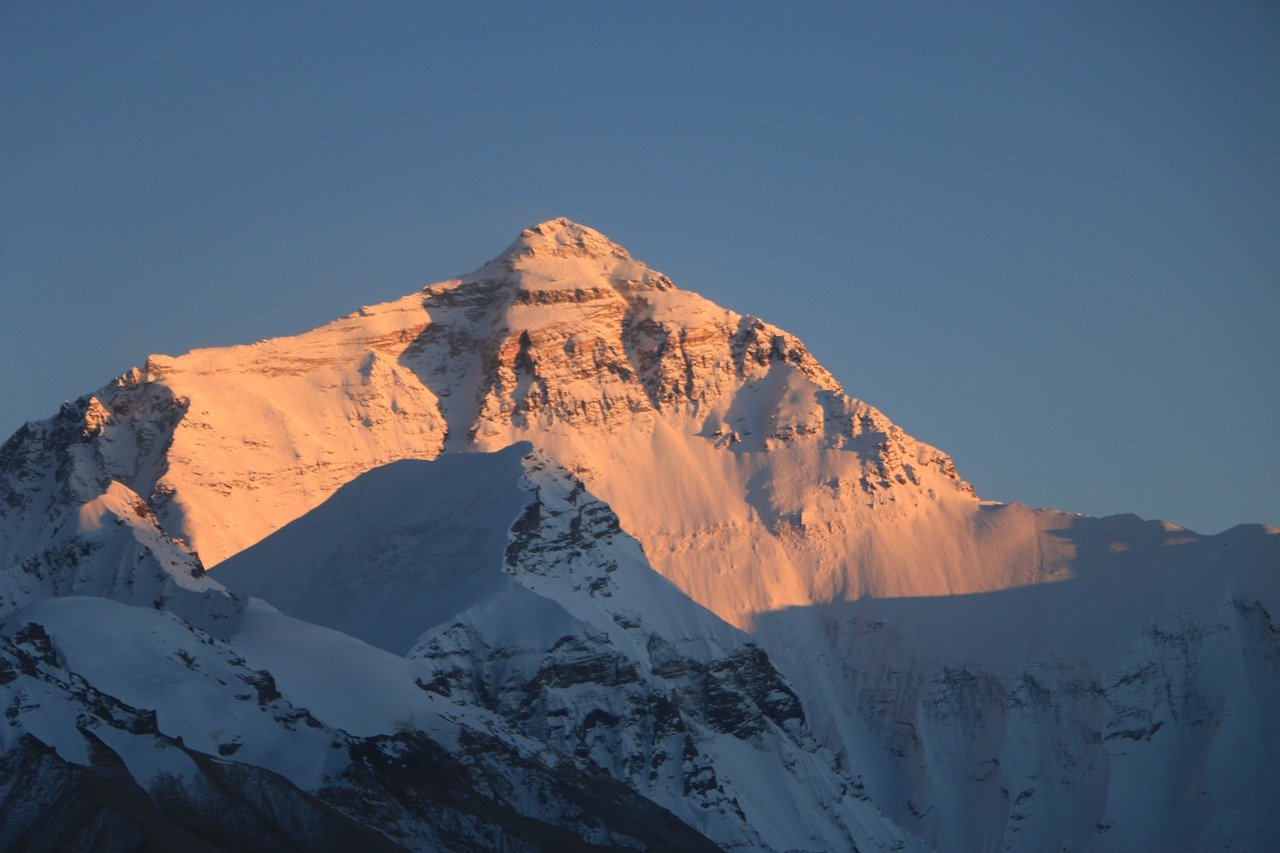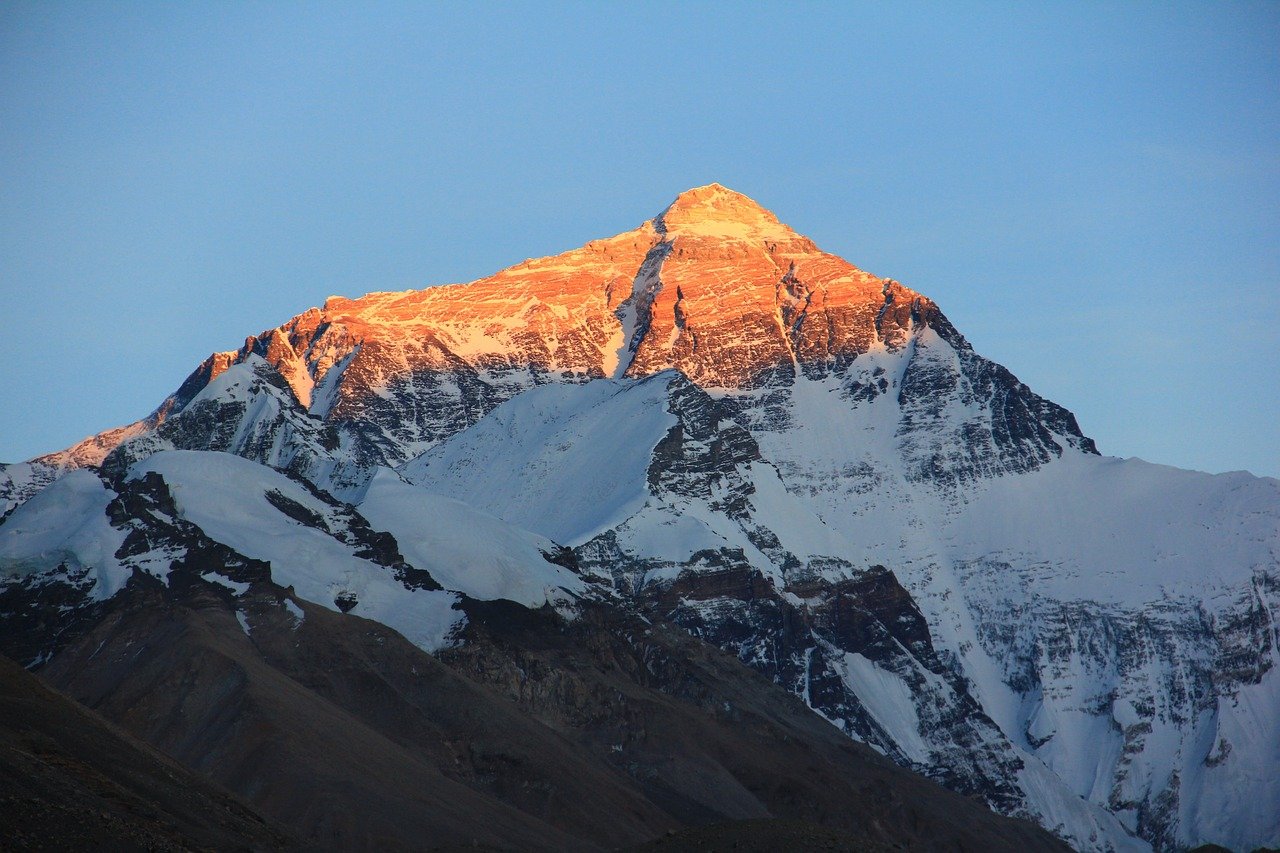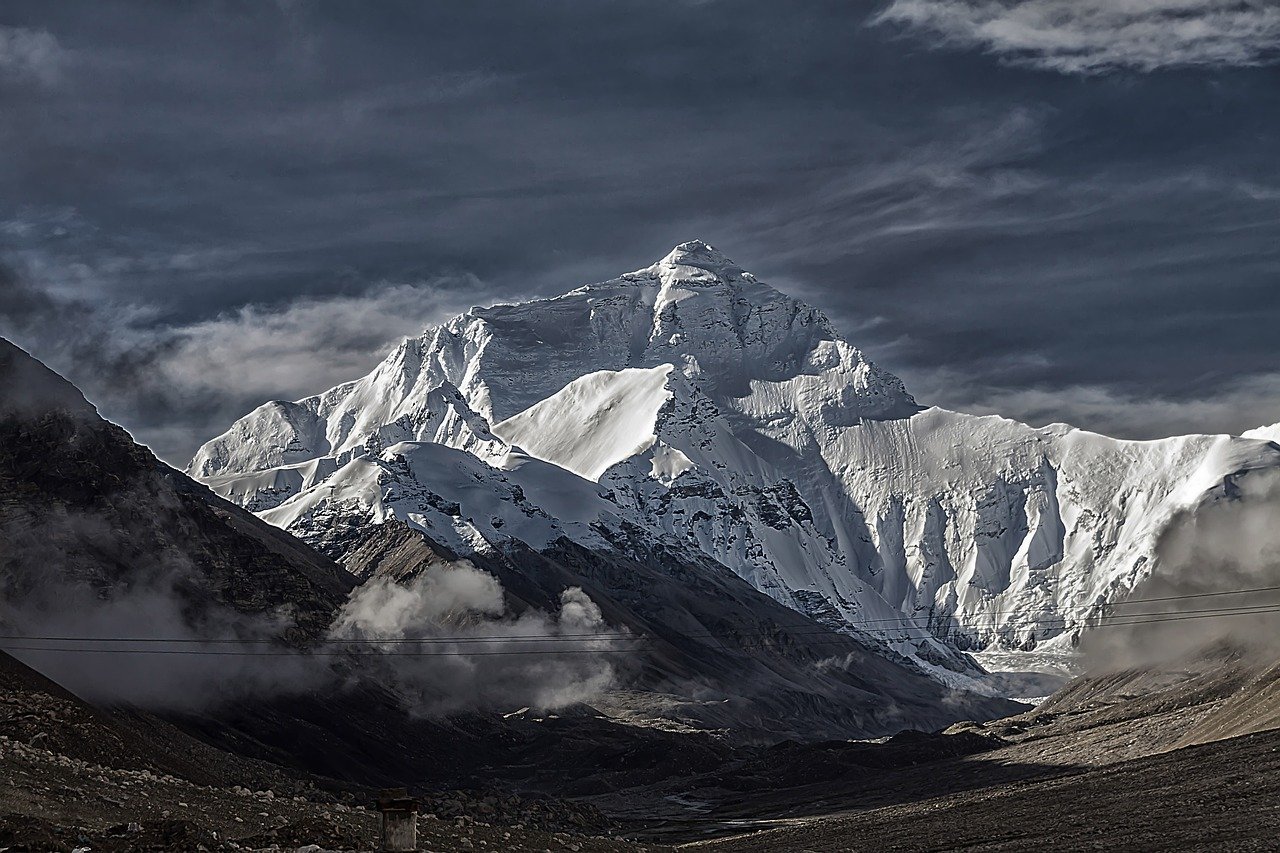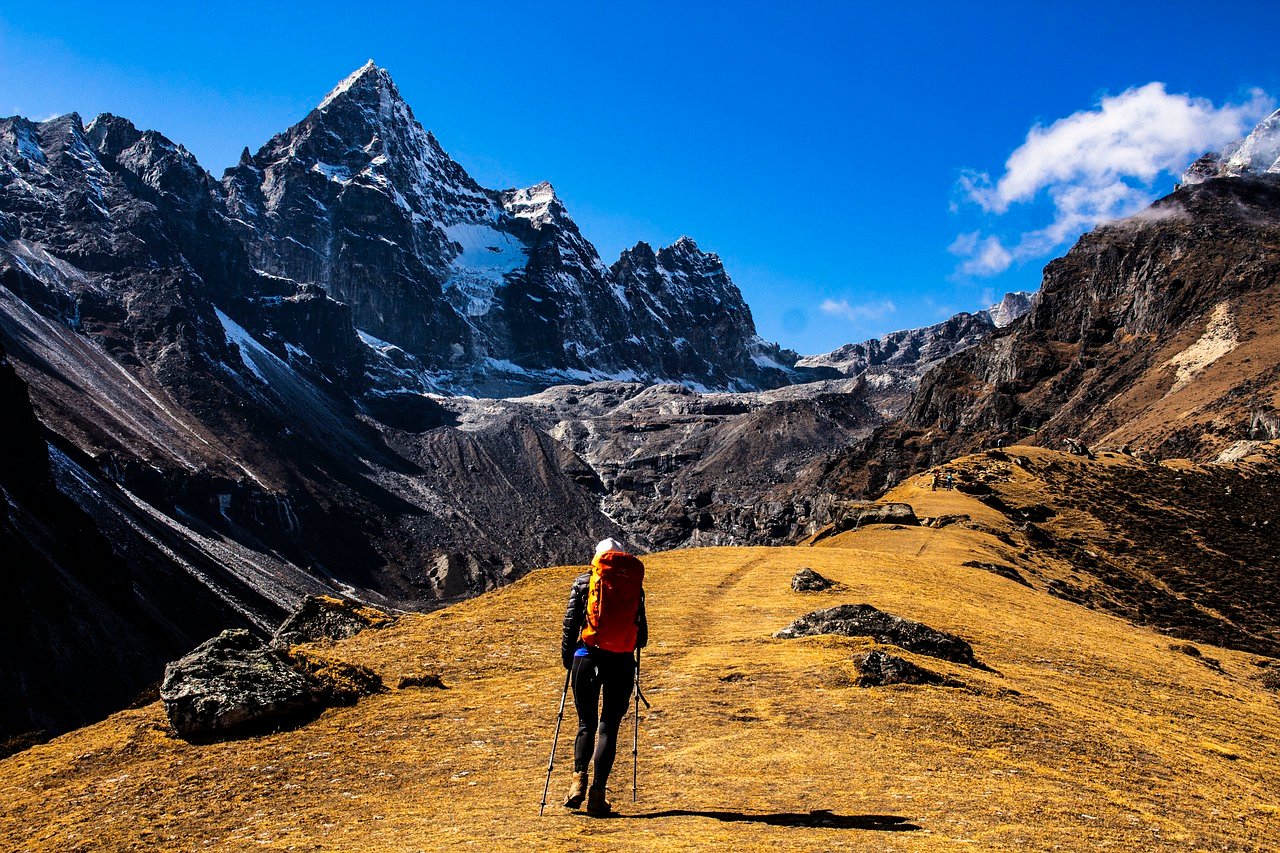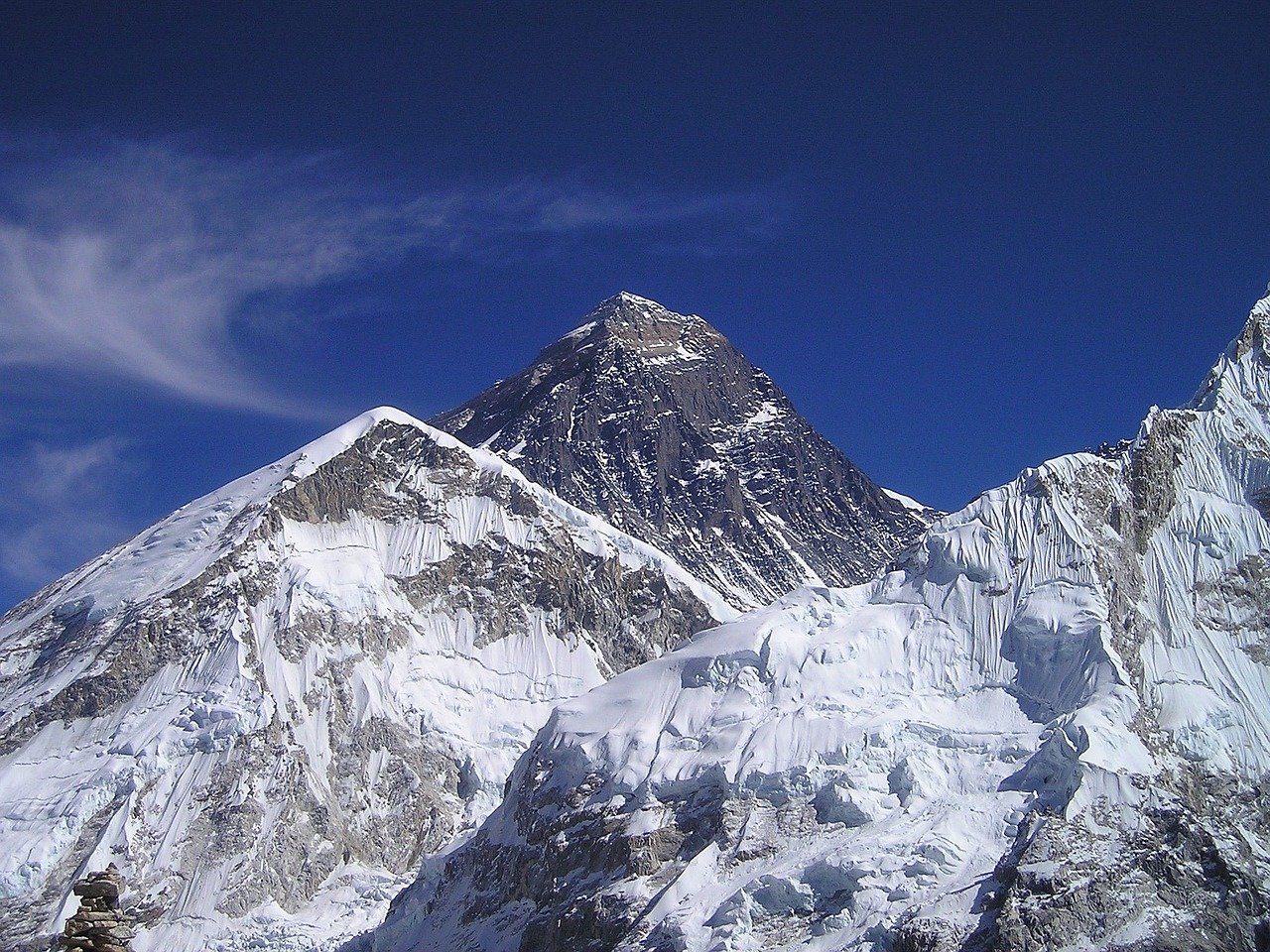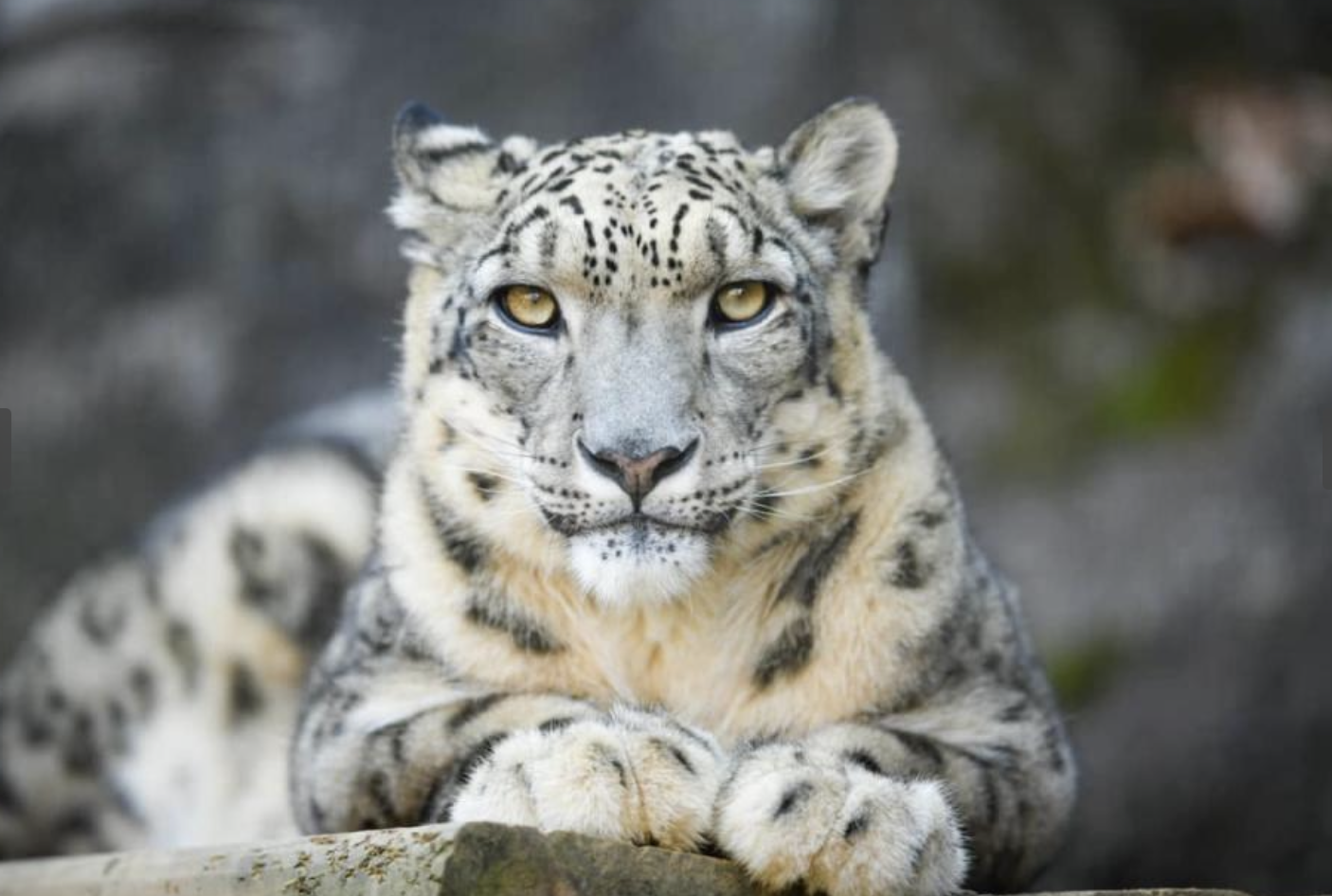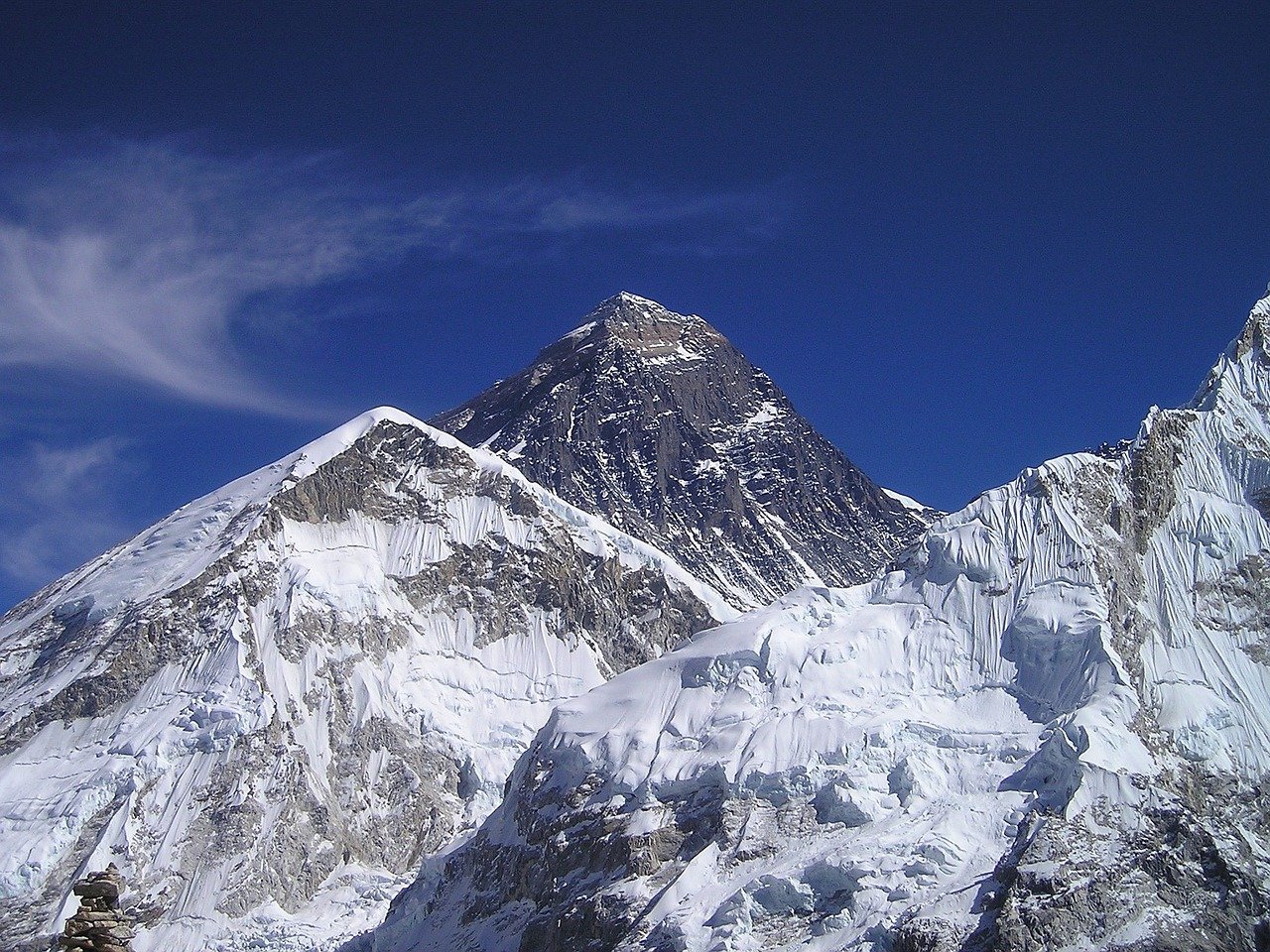Mount Everest is one of the 7 Natural Wonders of the World because it represents the highest point on earth. It deserves wonder status for several compelling reasons:
- Elevation Pinnacle:
- Unique Feature: As Earth’s highest peak at 29,032 feet (8,848 meters) above sea level, Everest stands as the ultimate elevation pinnacle, captivating the world with its majestic height.
- Challenging Climbing Routes:
- Unique Feature: The challenging climbing routes, including the notorious Khumbu Icefall and Hillary Step, make Everest a symbol of human endurance, determination, and the pursuit of extraordinary feats.
- Breathtaking Panoramas:
- Unique Feature: Surrounded by other iconic peaks like Lhotse and Nuptse, Everest offers breathtaking panoramas. The Everest Base Camp, Kala Patthar, and Gokyo Ri provide stunning vantage points for observing the Himalayan range.
- Cultural Significance:
- Unique Feature: Mount Everest holds cultural significance as it lies in the heart of the Sherpa homeland. The region is dotted with monasteries, and the local Sherpa culture adds a unique dimension to the mountain’s allure.
- Diverse Ecosystems:
- Unique Feature: From the lush forests of Sagarmatha National Park to the barren landscapes of higher altitudes, Everest encompasses diverse ecosystems. The region is home to rare and adapted flora and fauna, contributing to its ecological importance.
- Global Impact:
- Unique Feature: Mount Everest’s global impact extends beyond its physical presence. It draws adventurers, researchers, and enthusiasts from around the world, fostering a sense of international exploration and collaboration.
- Dynamic Ice Features:
- Unique Feature: Everest’s dynamic ice features, such as the Khumbu Icefall, showcase the mountain’s ever-changing nature. These features add an element of drama and intrigue to its natural wonders.
- Cultural Heritage:
- Unique Feature: The tales of legendary climbers, like Sir Edmund Hillary and Tenzing Norgay, contribute to Everest’s cultural heritage. The mountain has become a symbol of triumph, exploration, and the indomitable spirit of humanity.
Incorporating natural beauty, cultural significance, and unparalleled height, Mount Everest stands as a testament to the wonder and diversity found in Earth’s most awe-inspiring landscapes.

